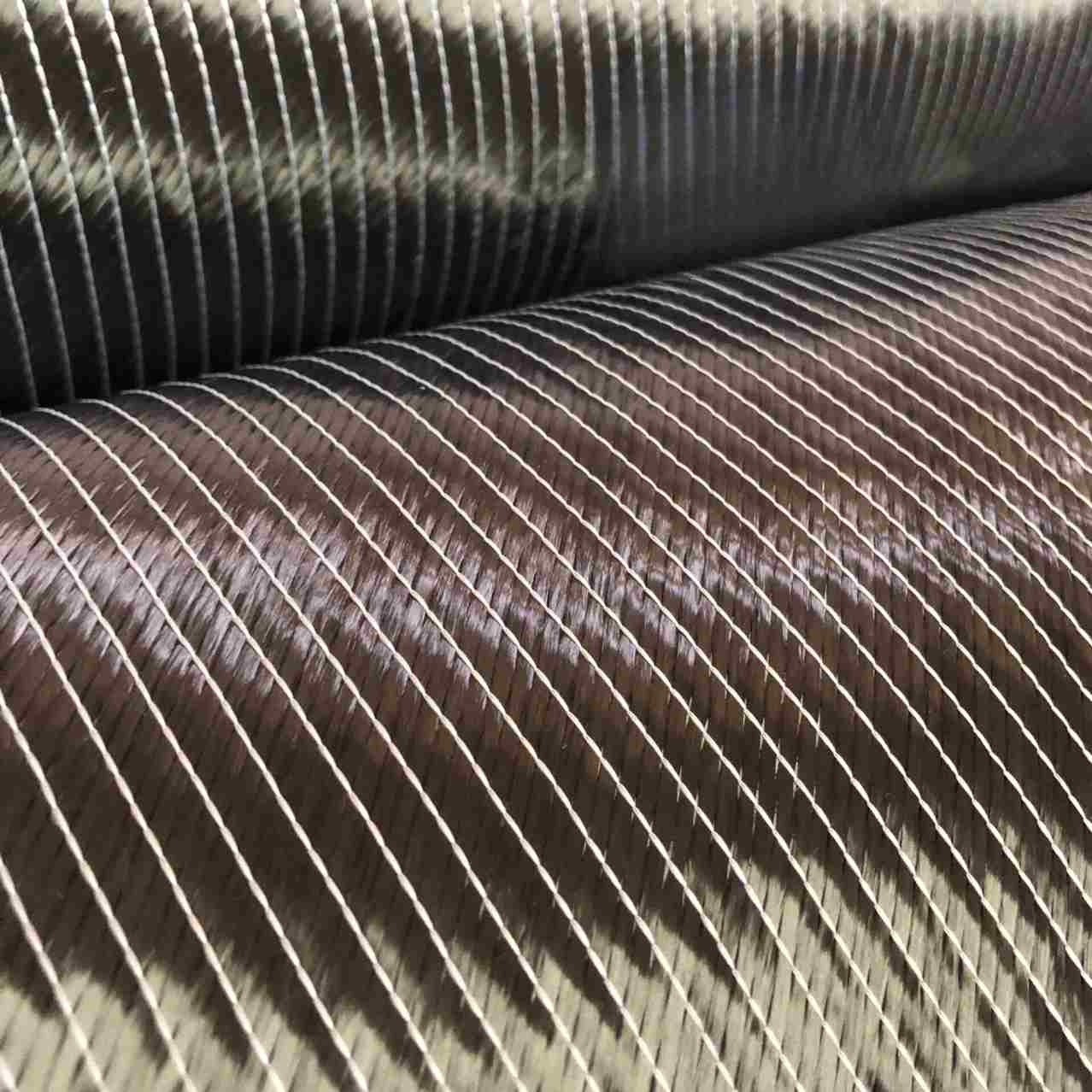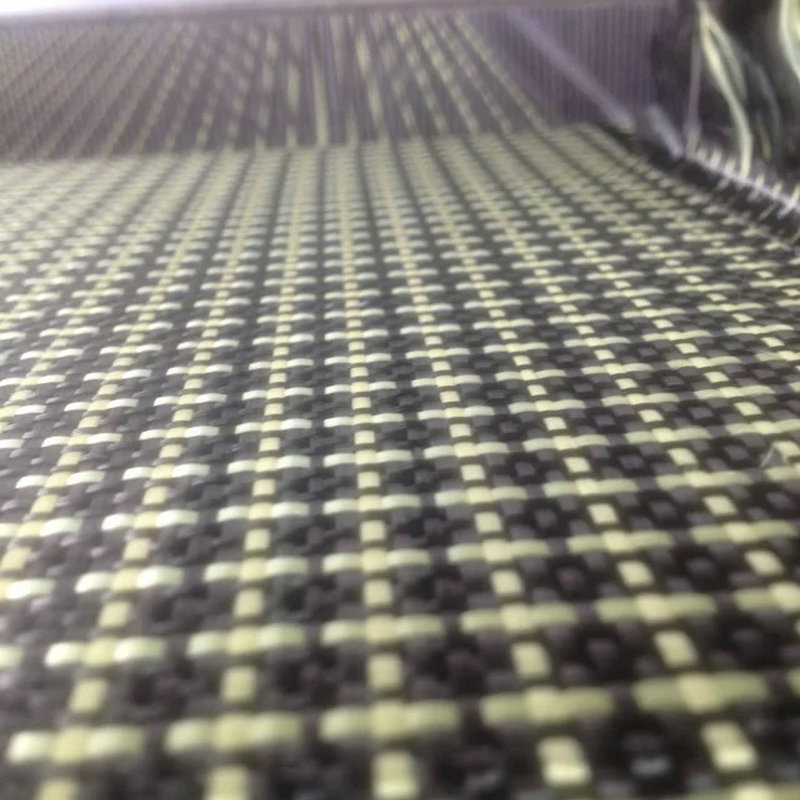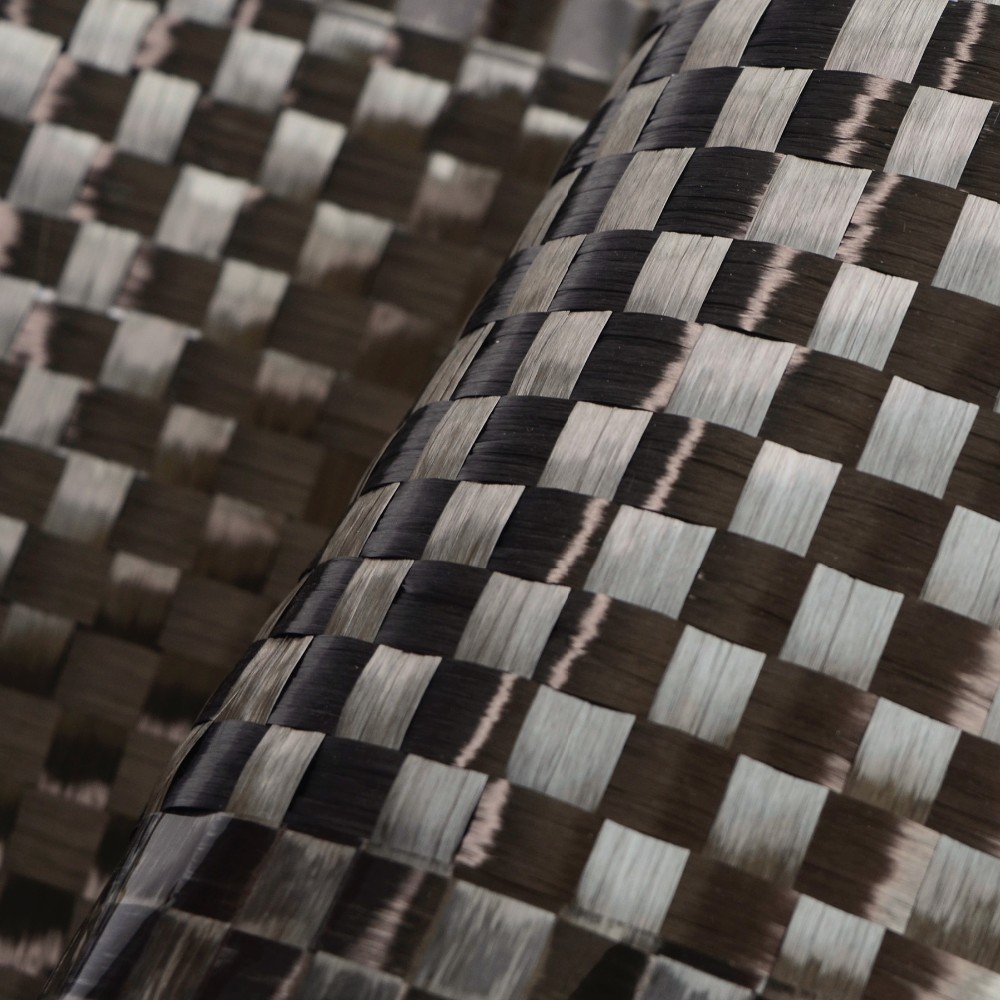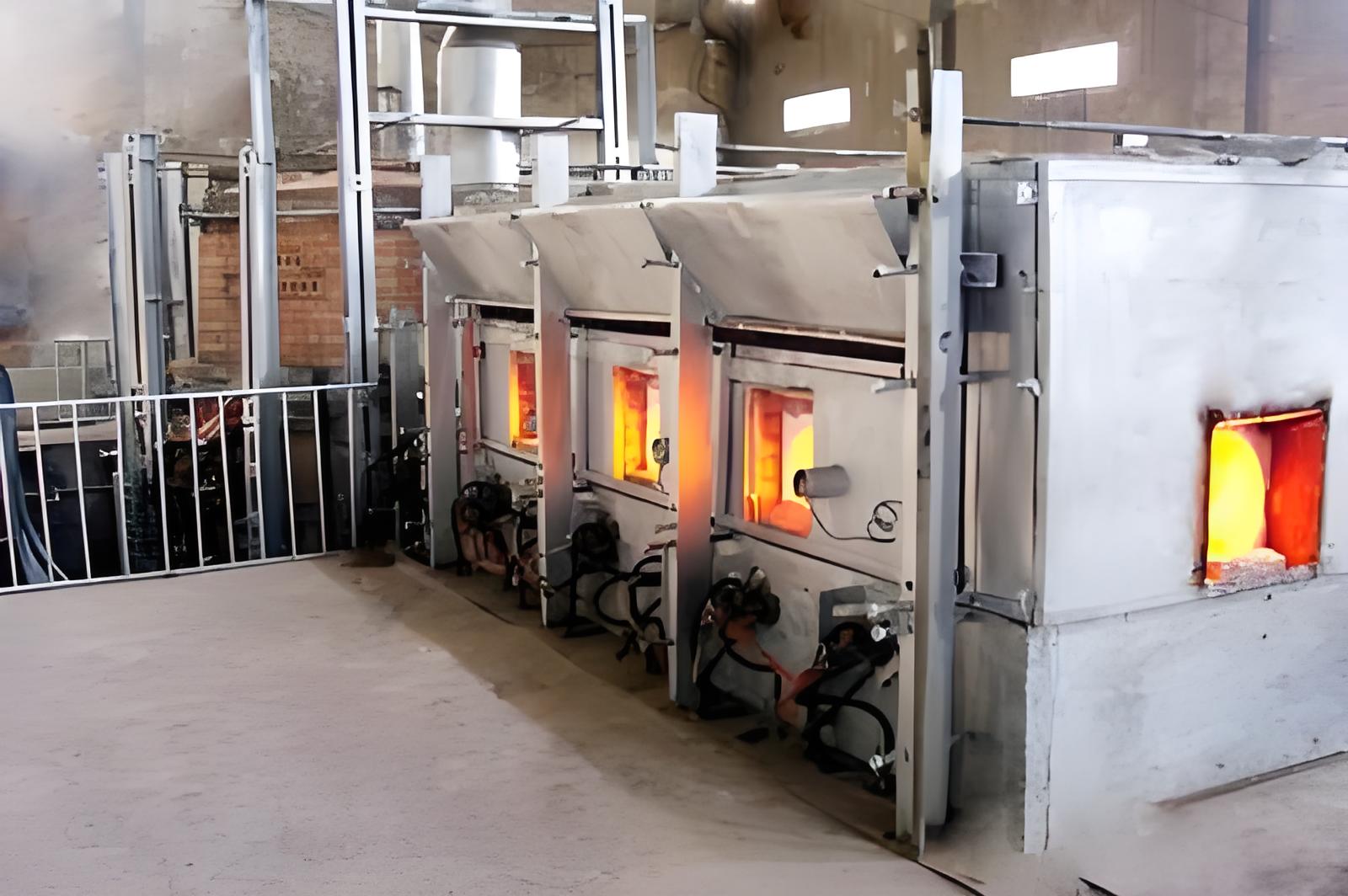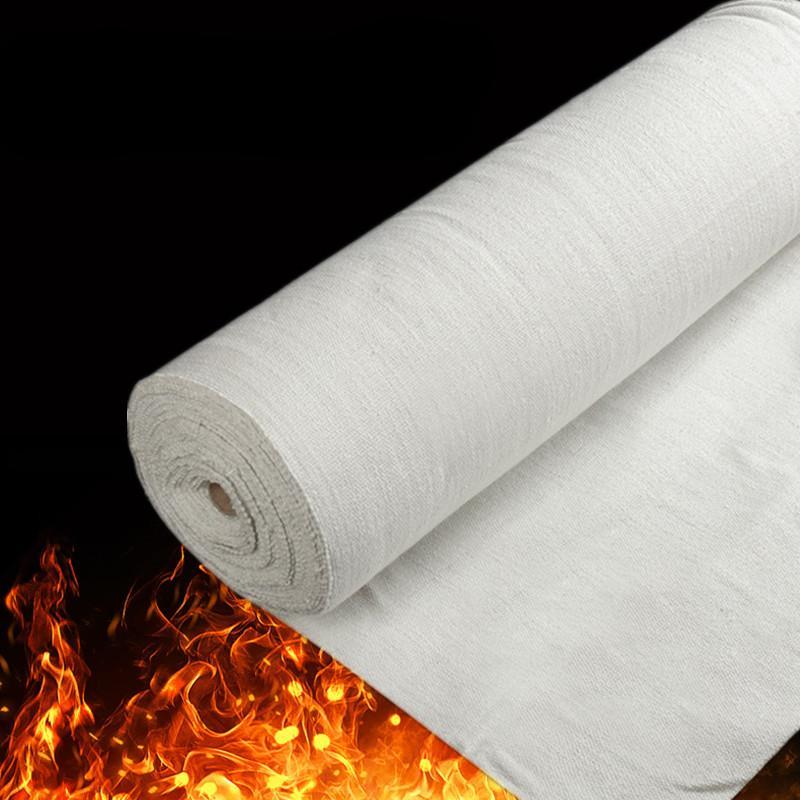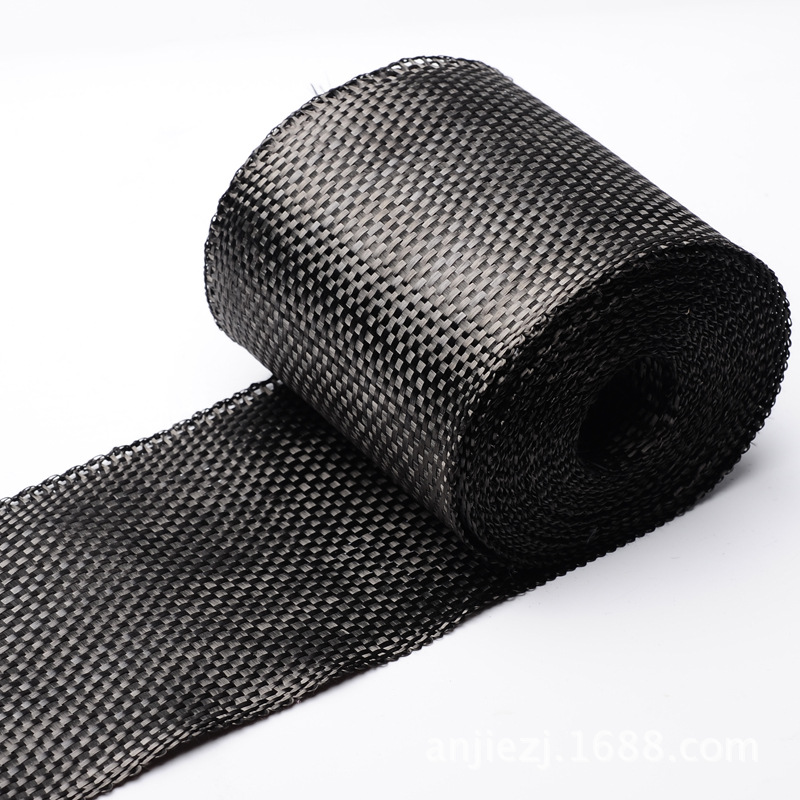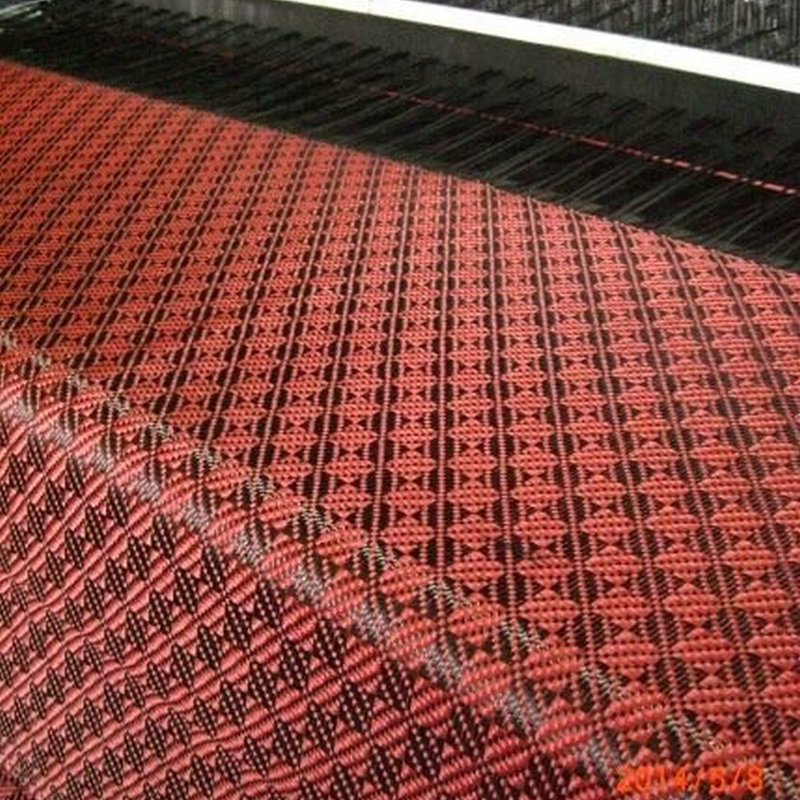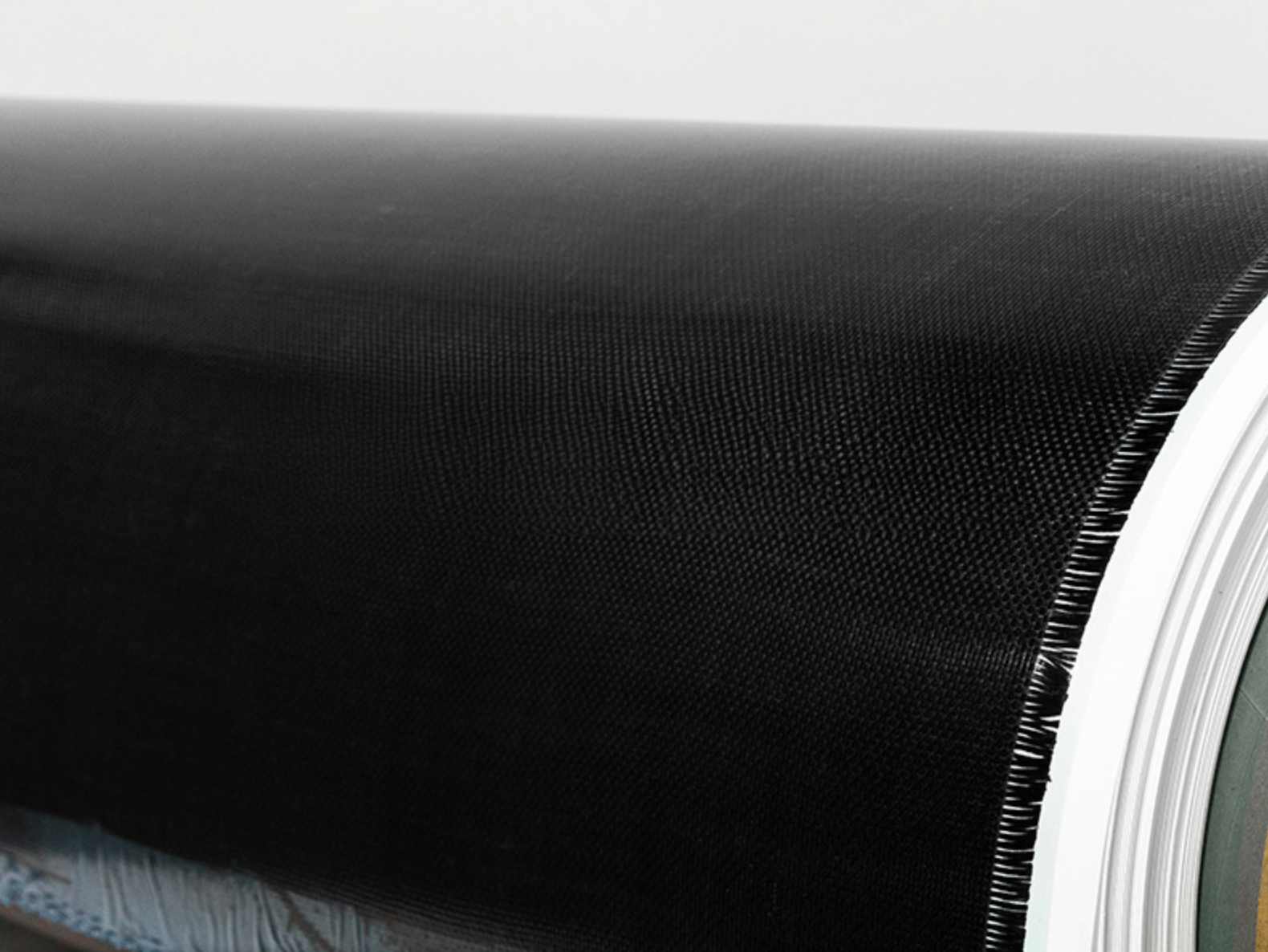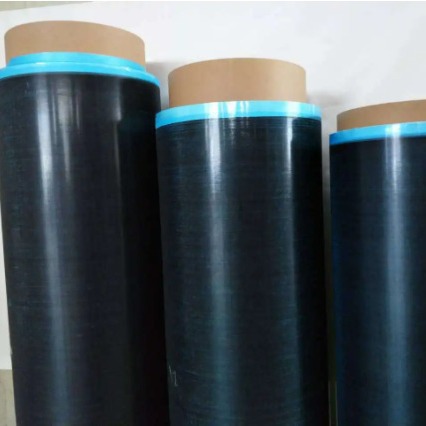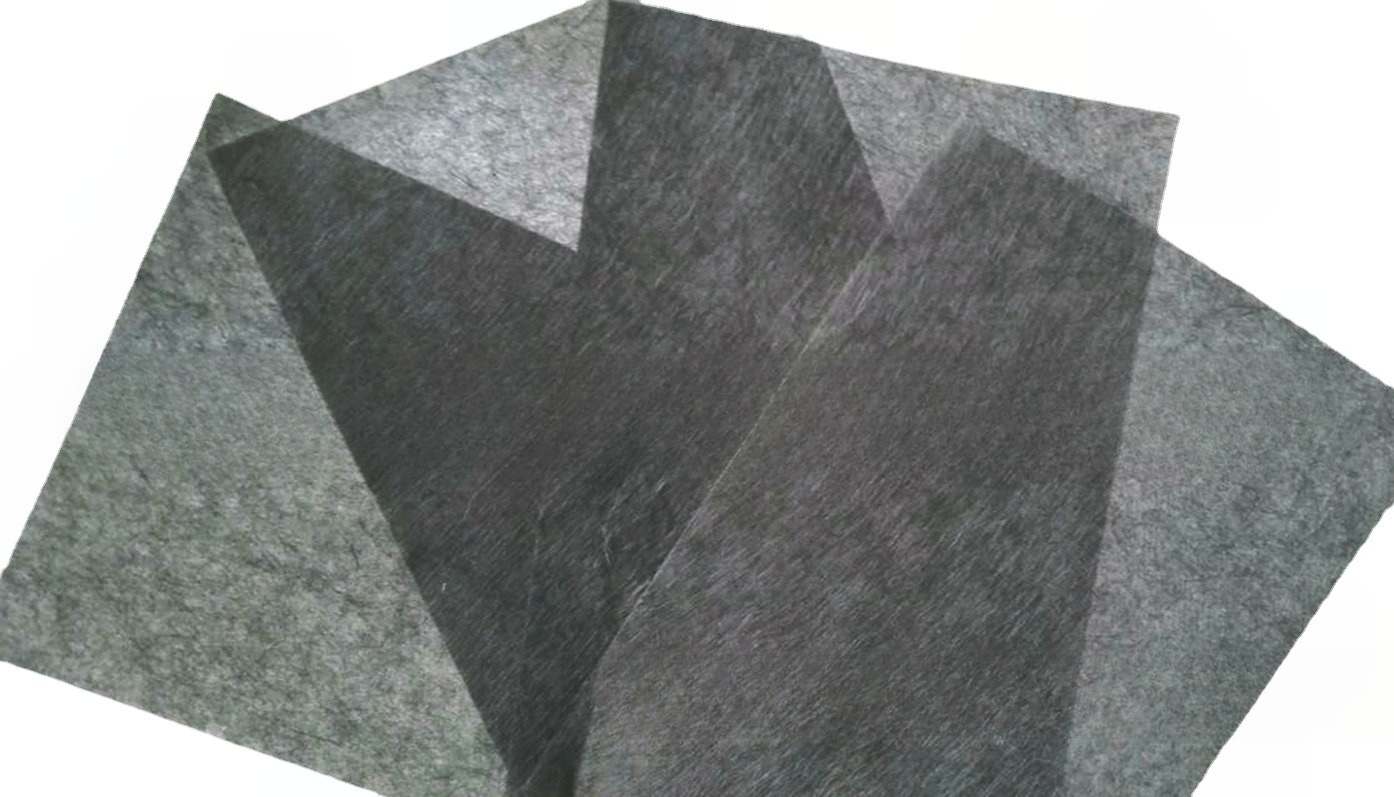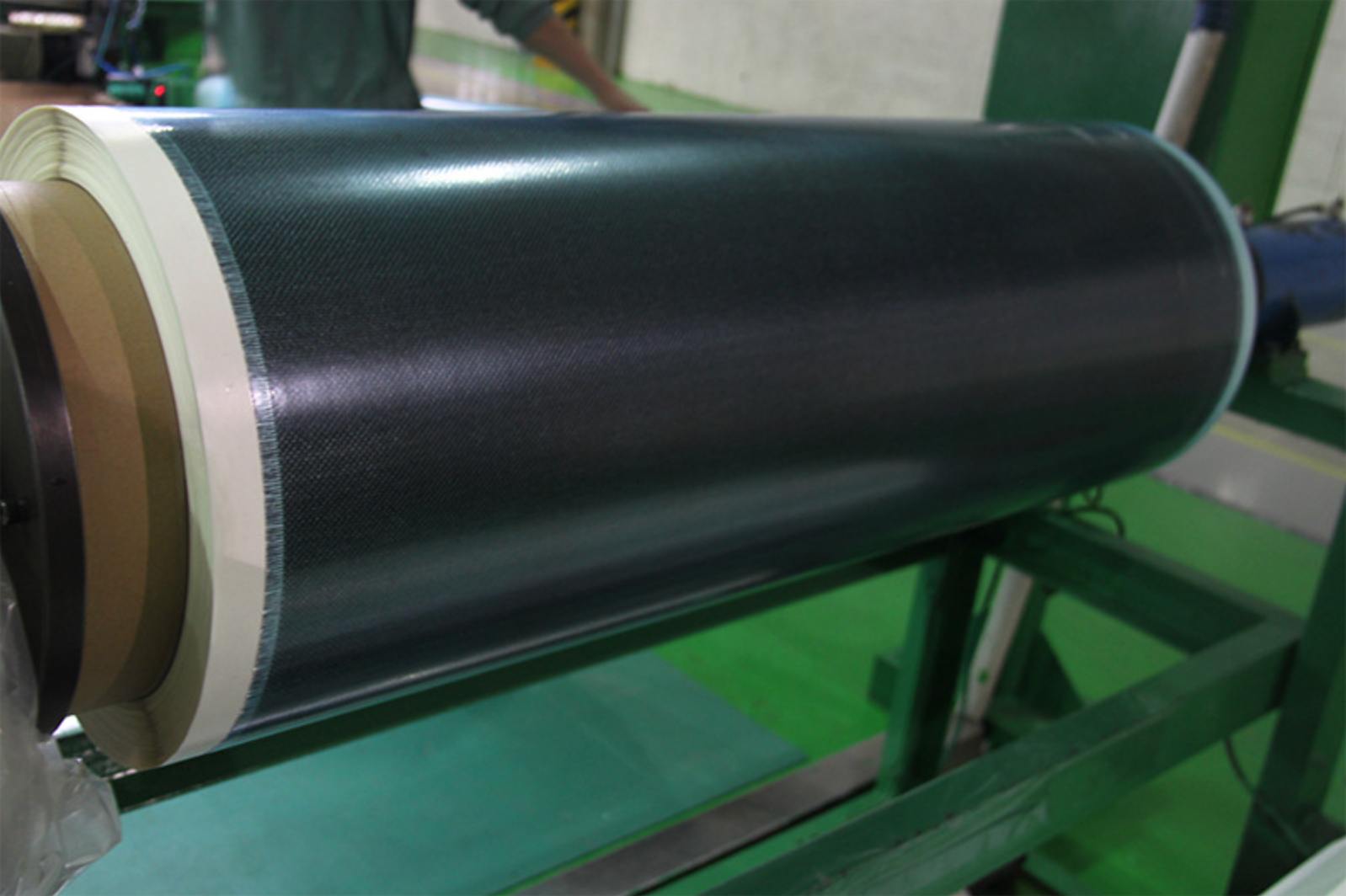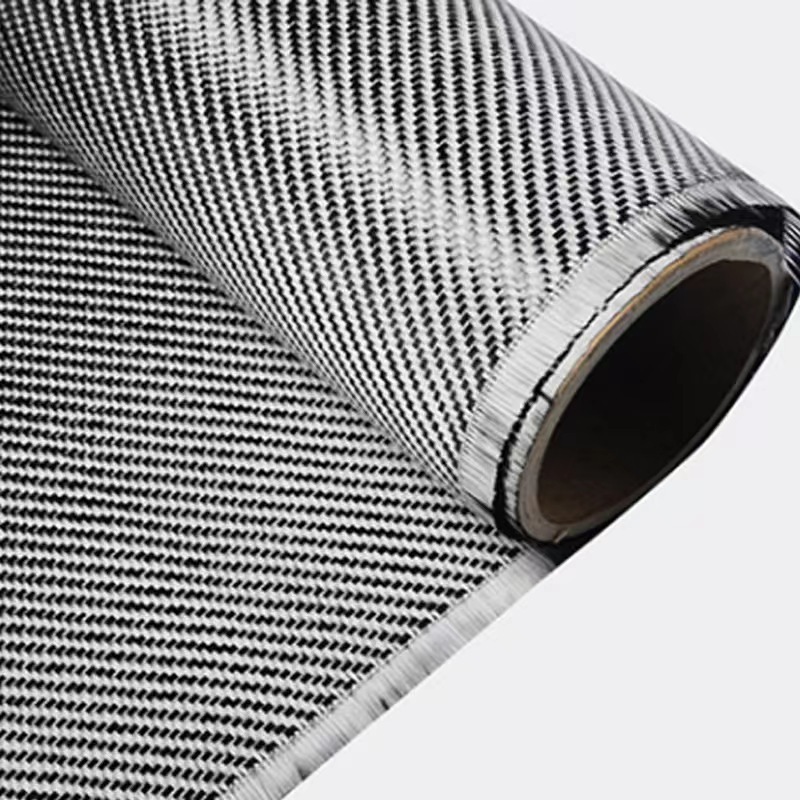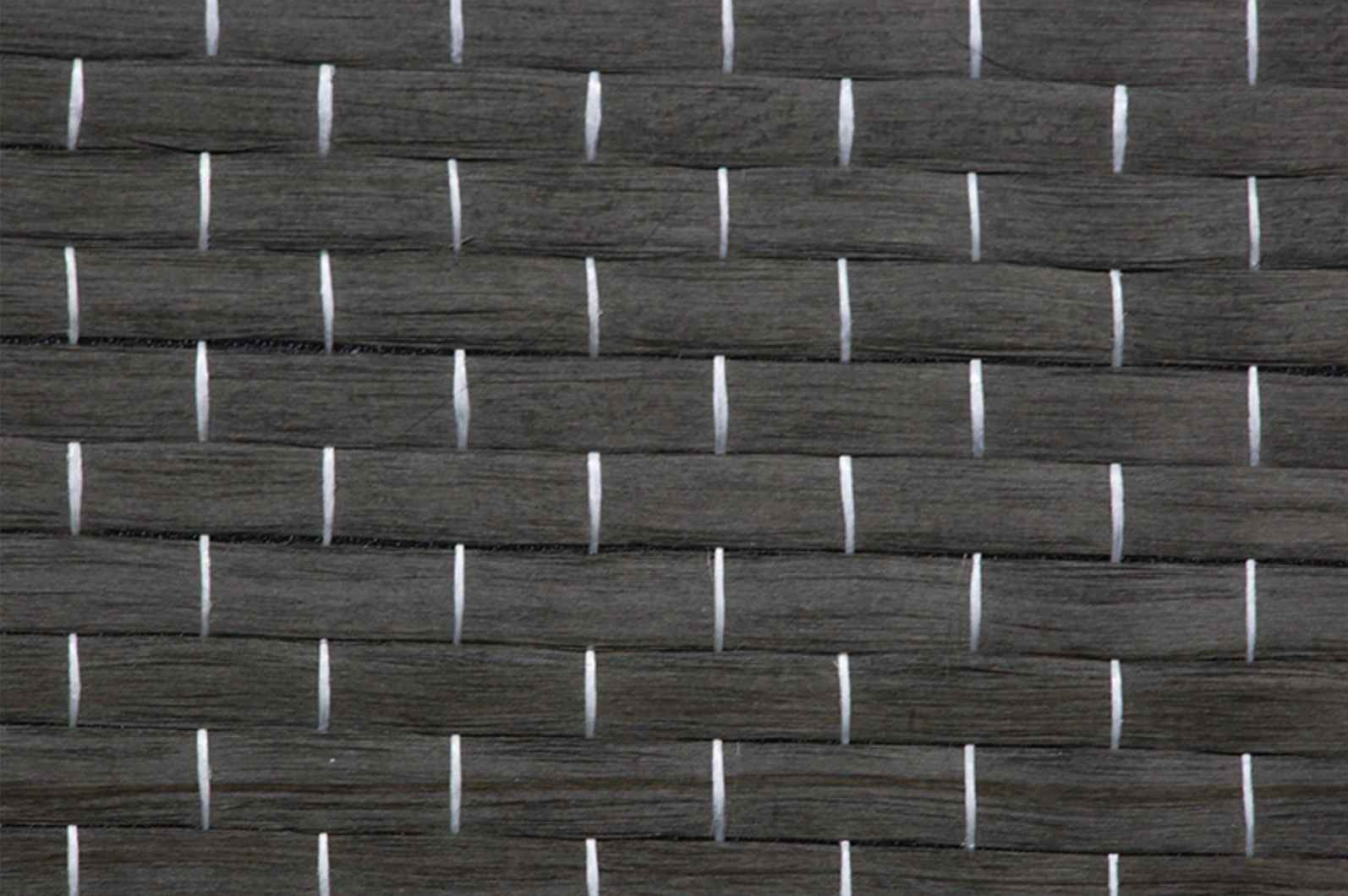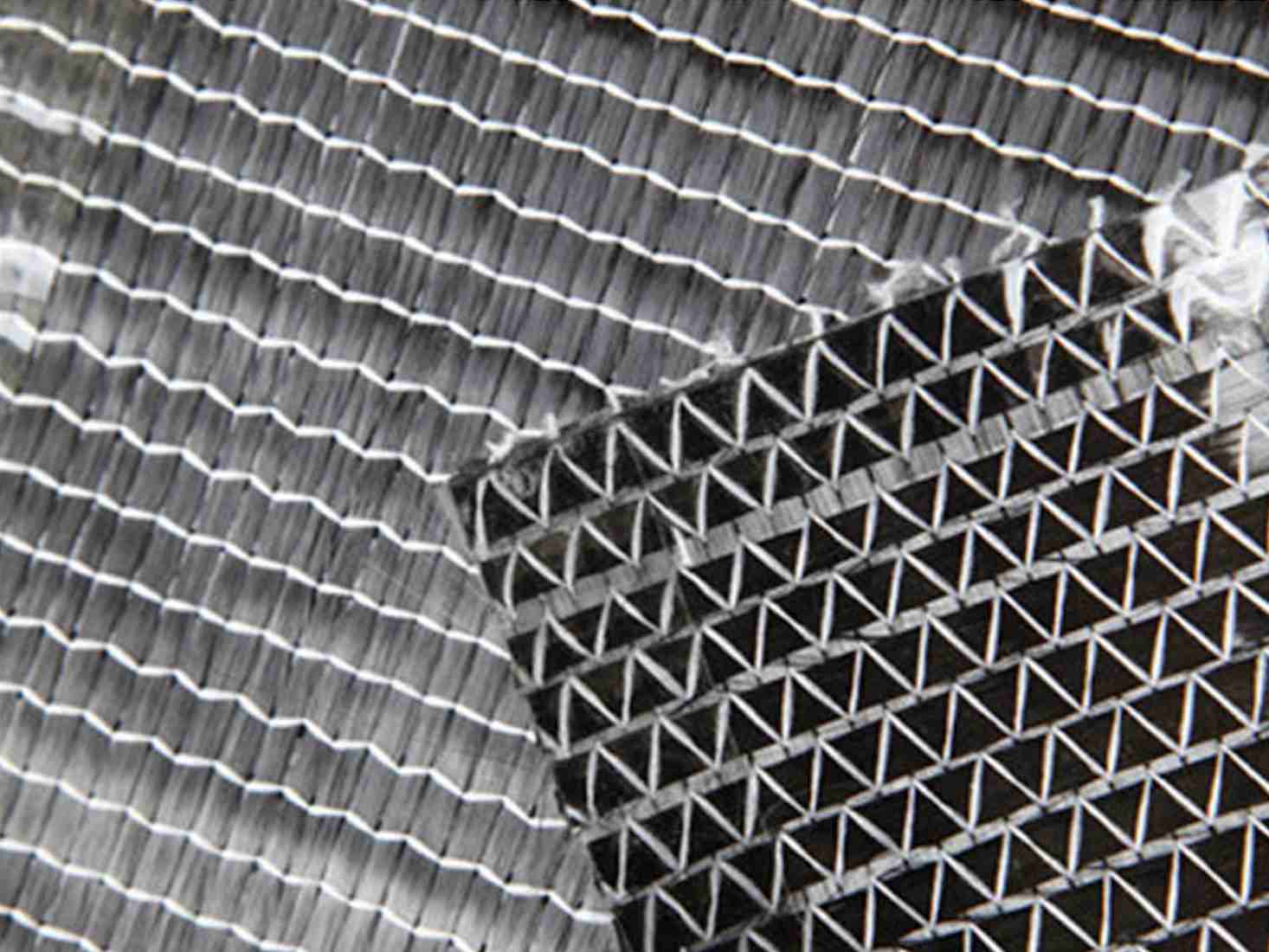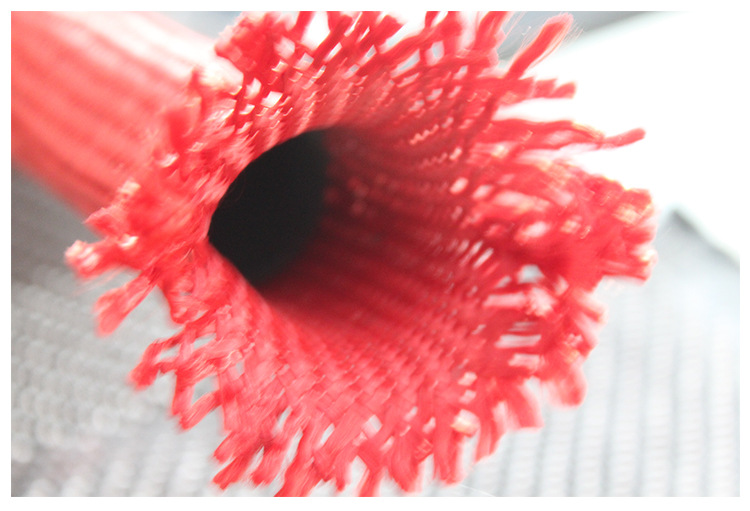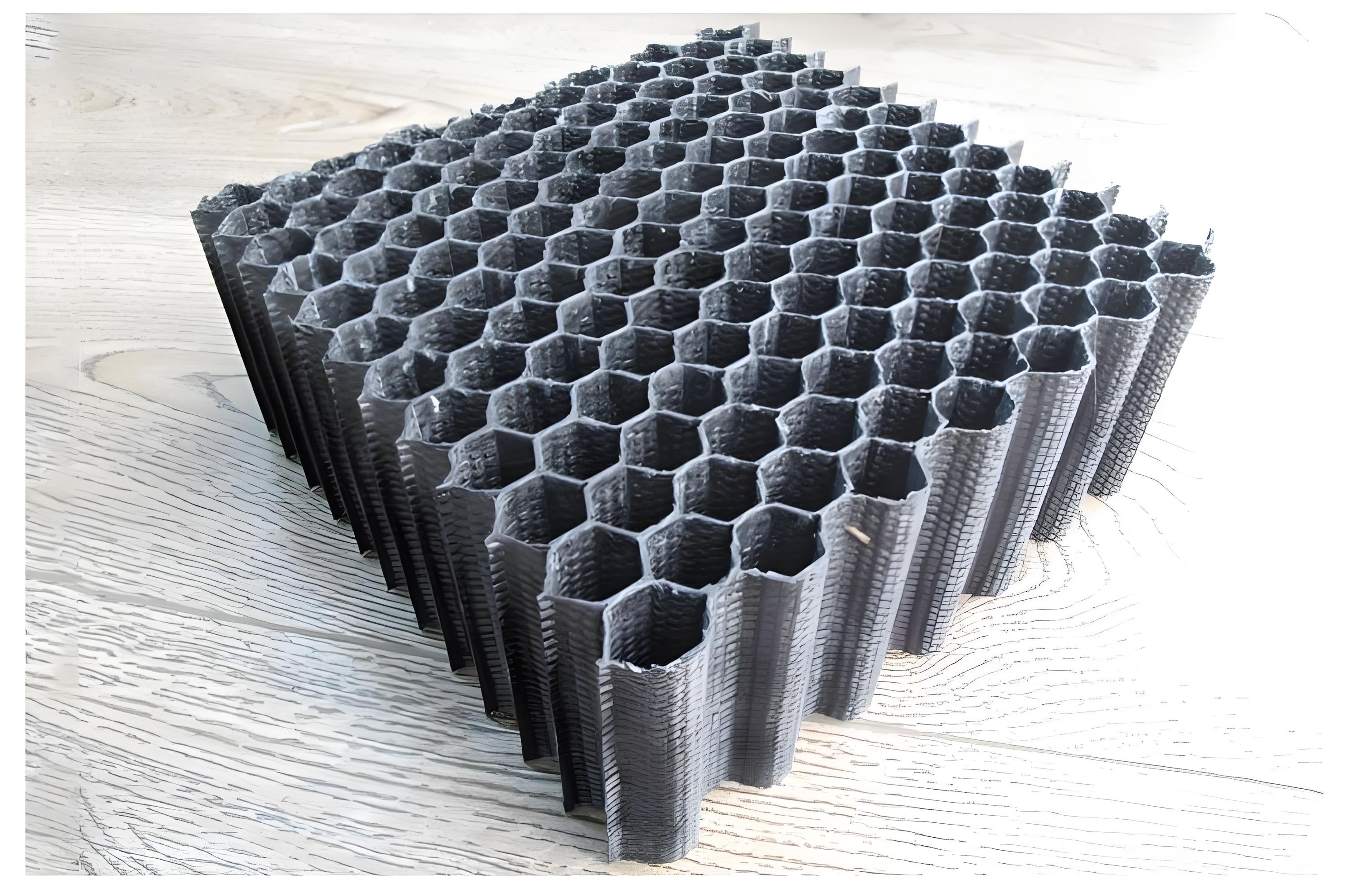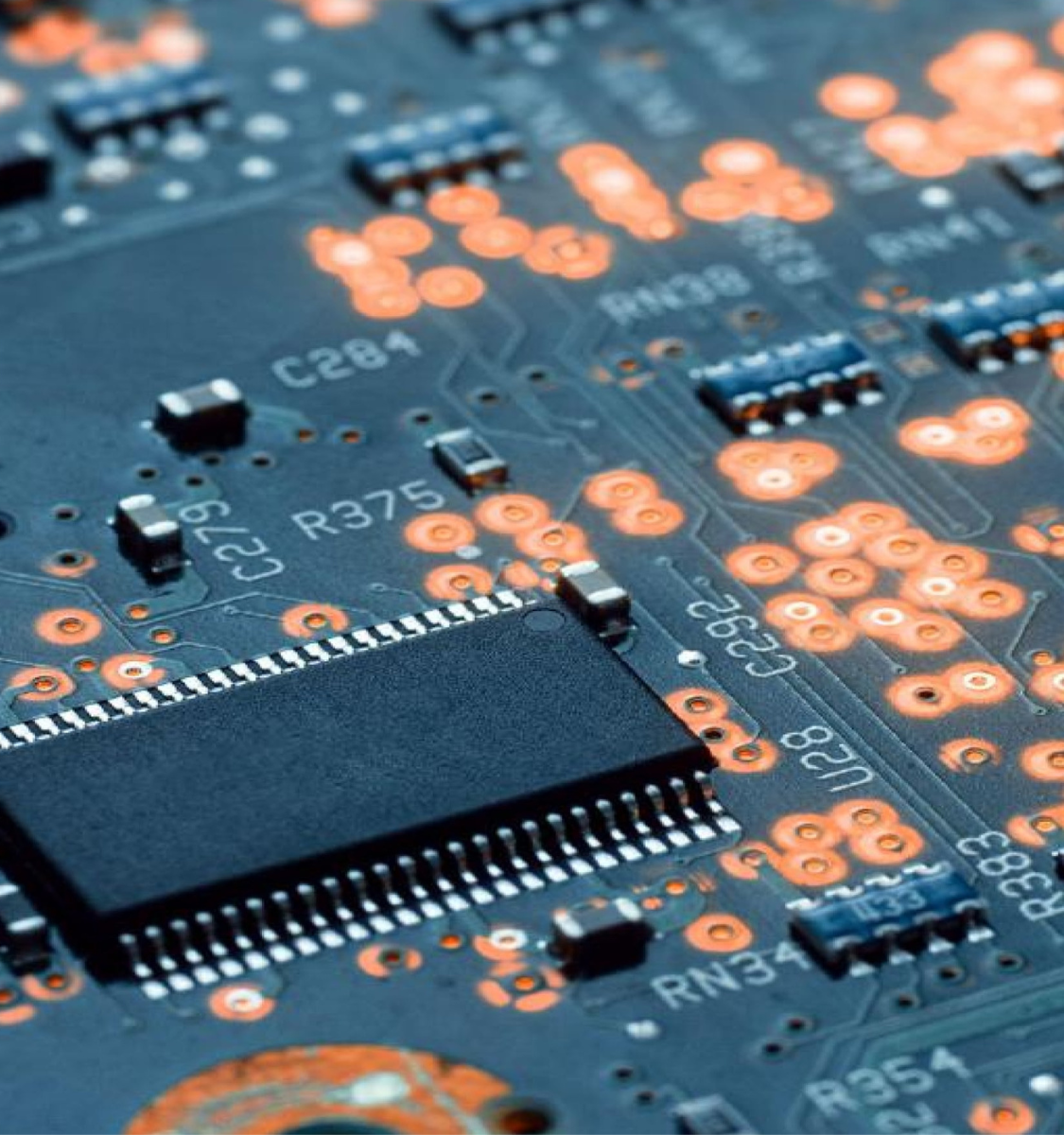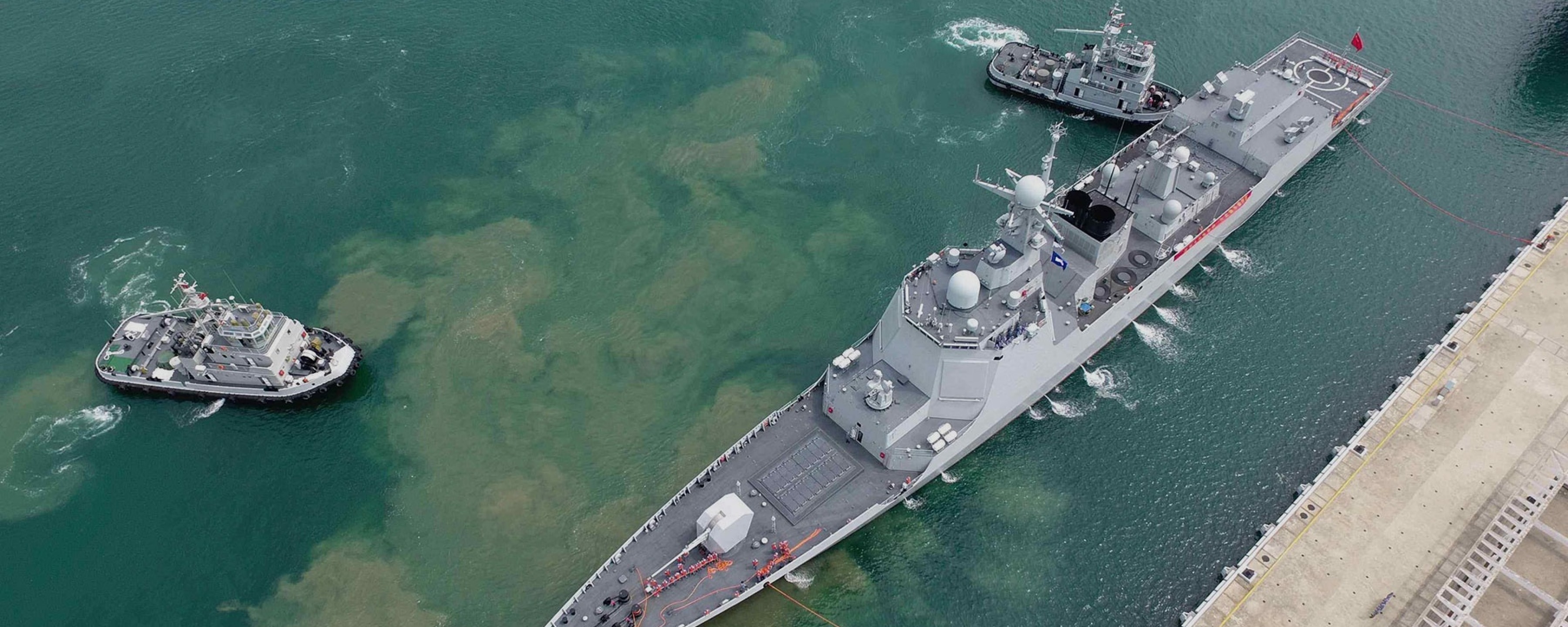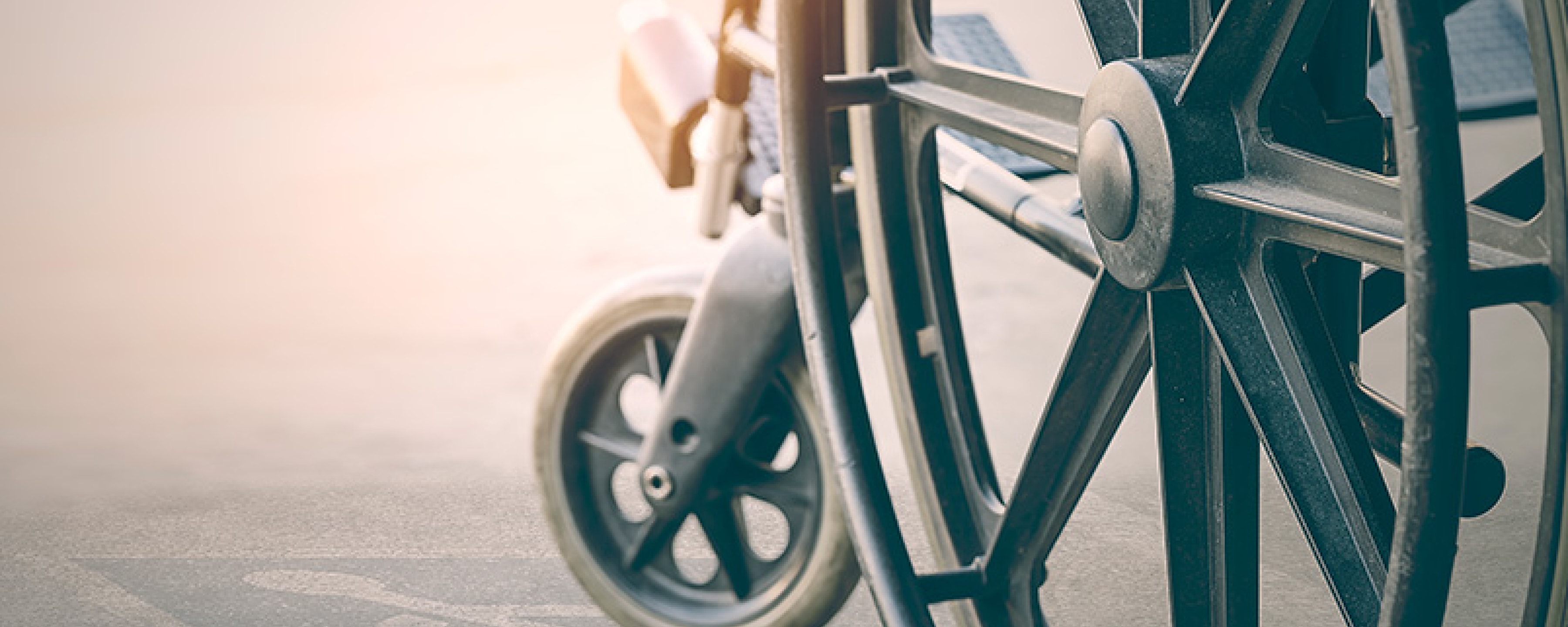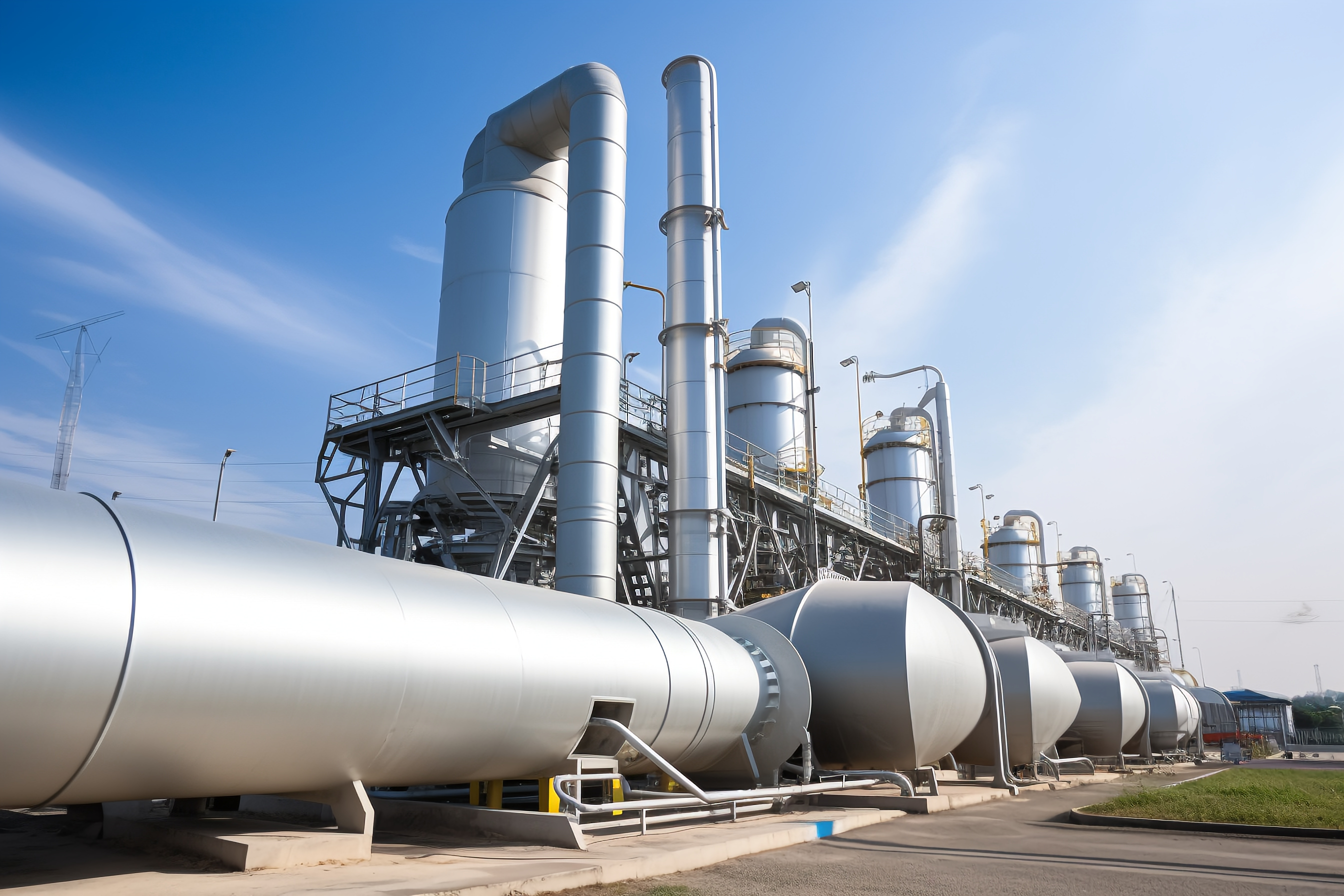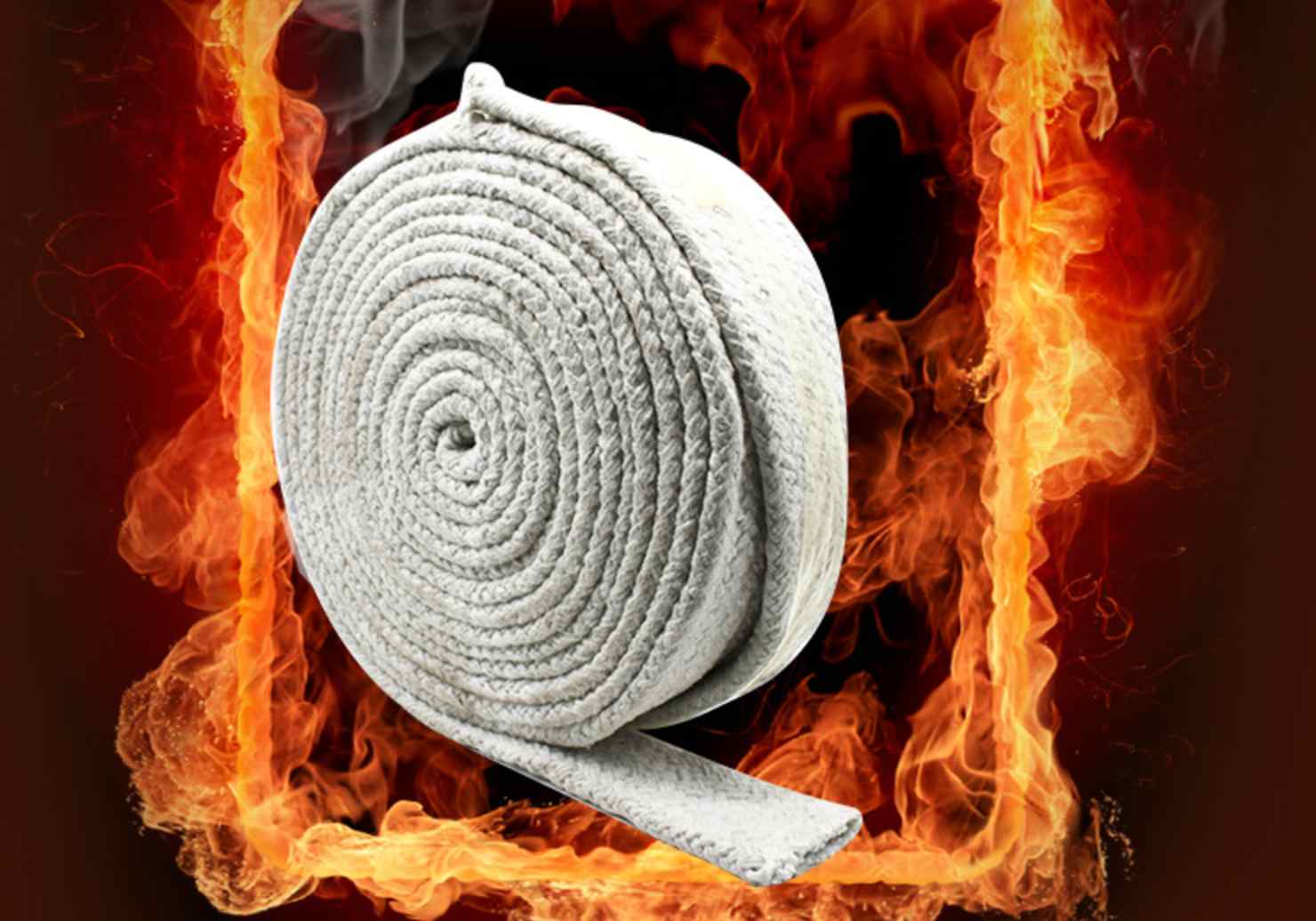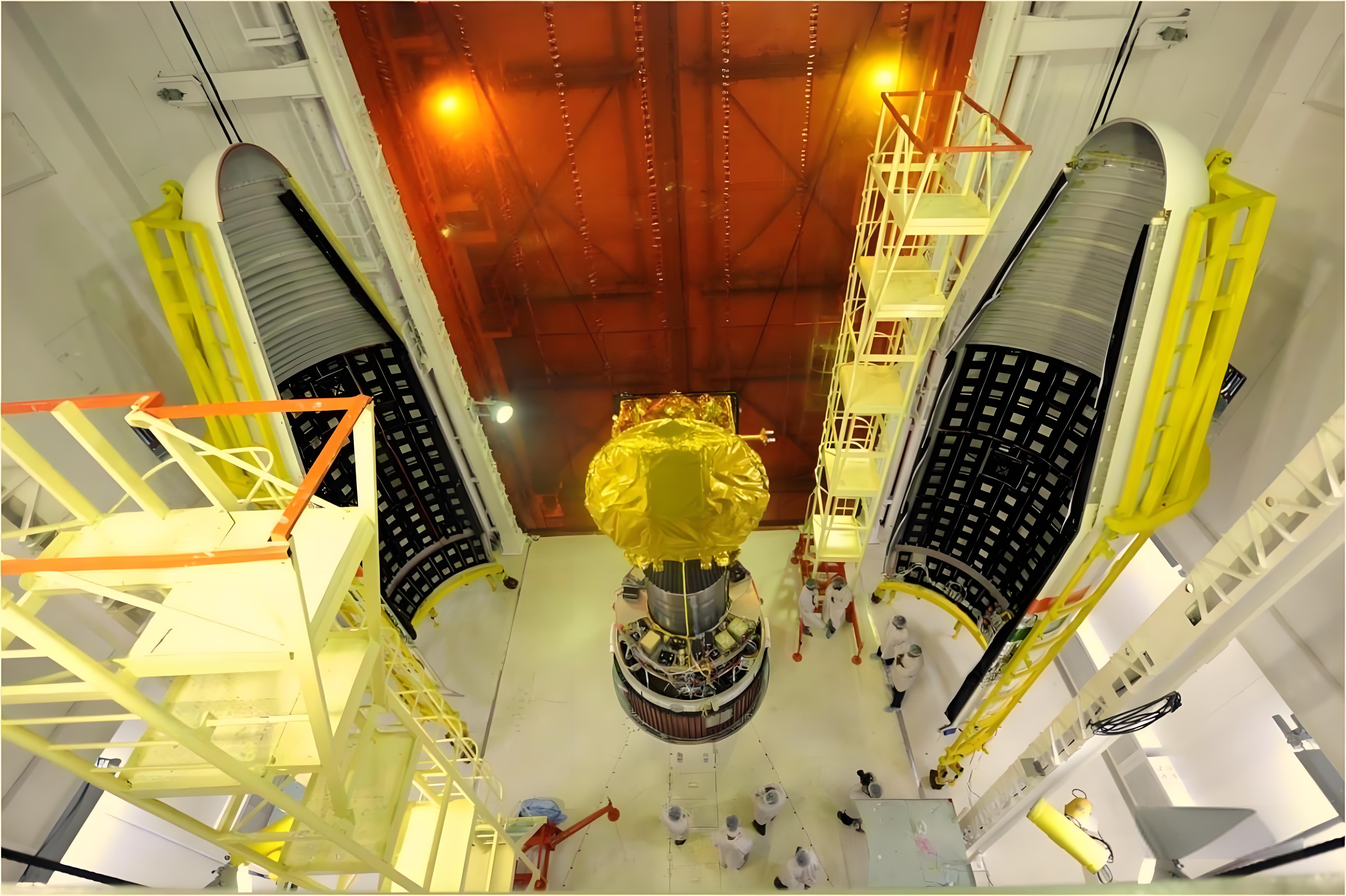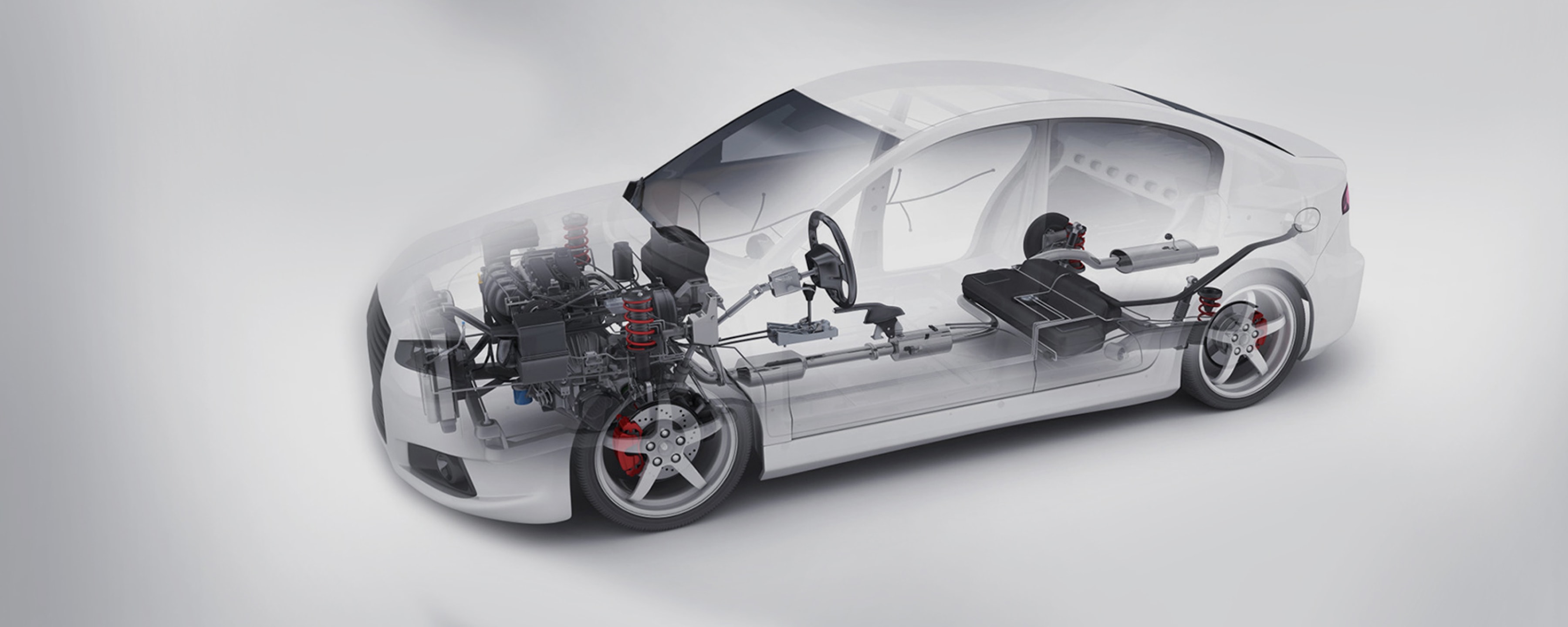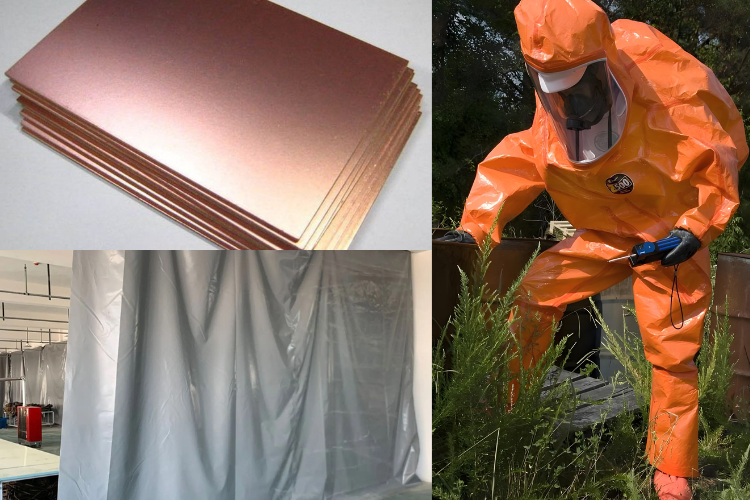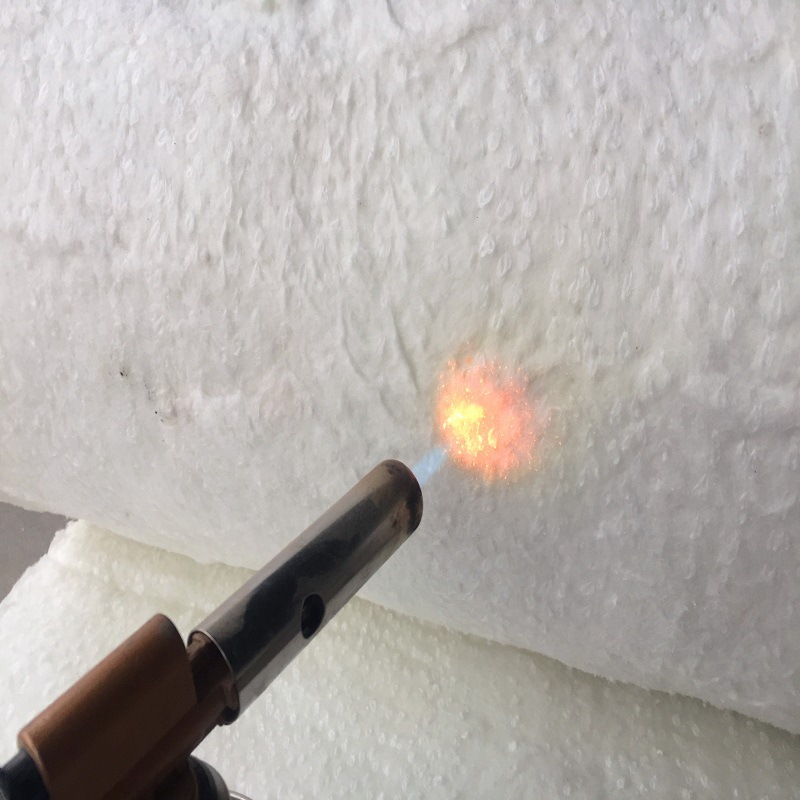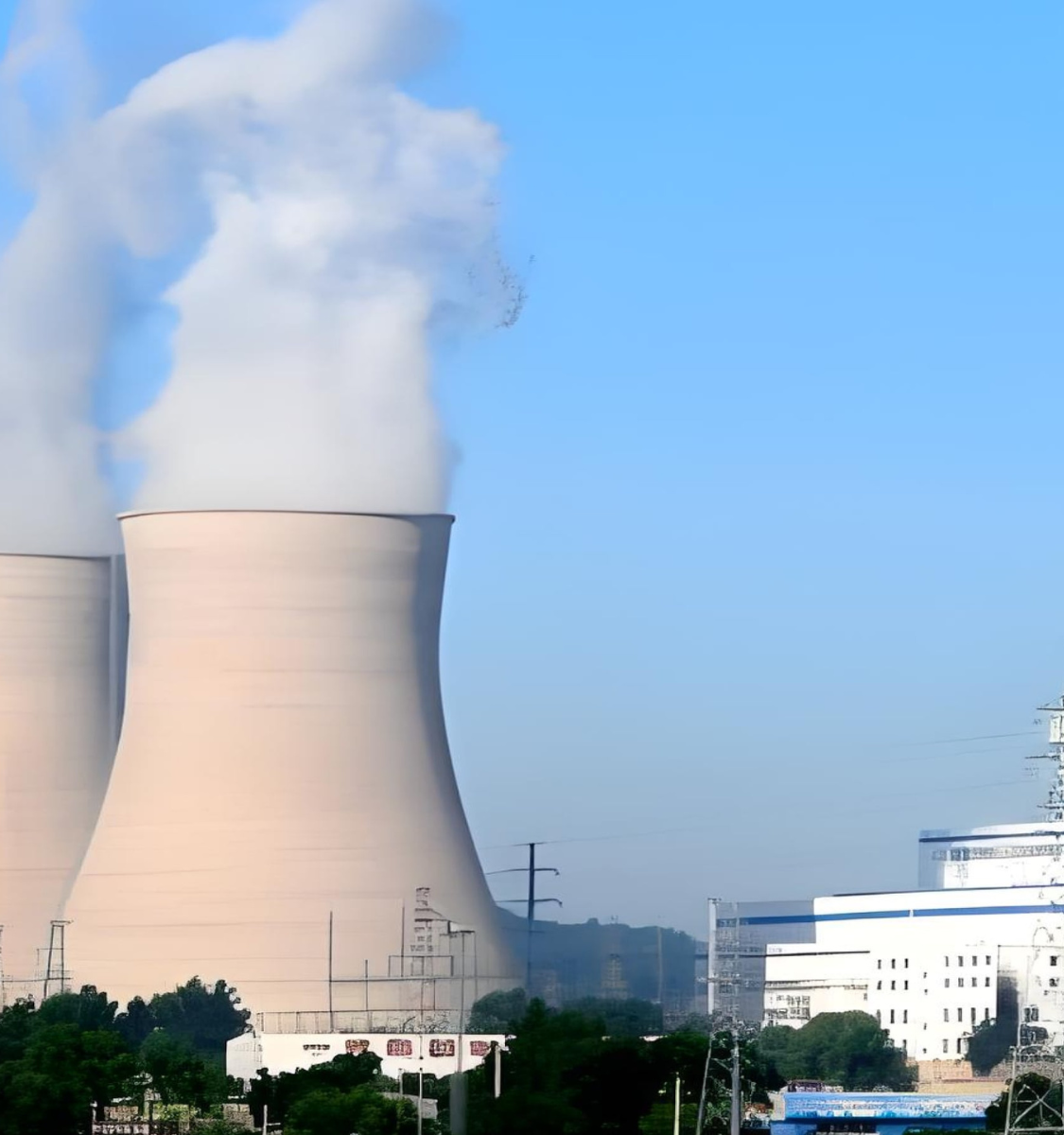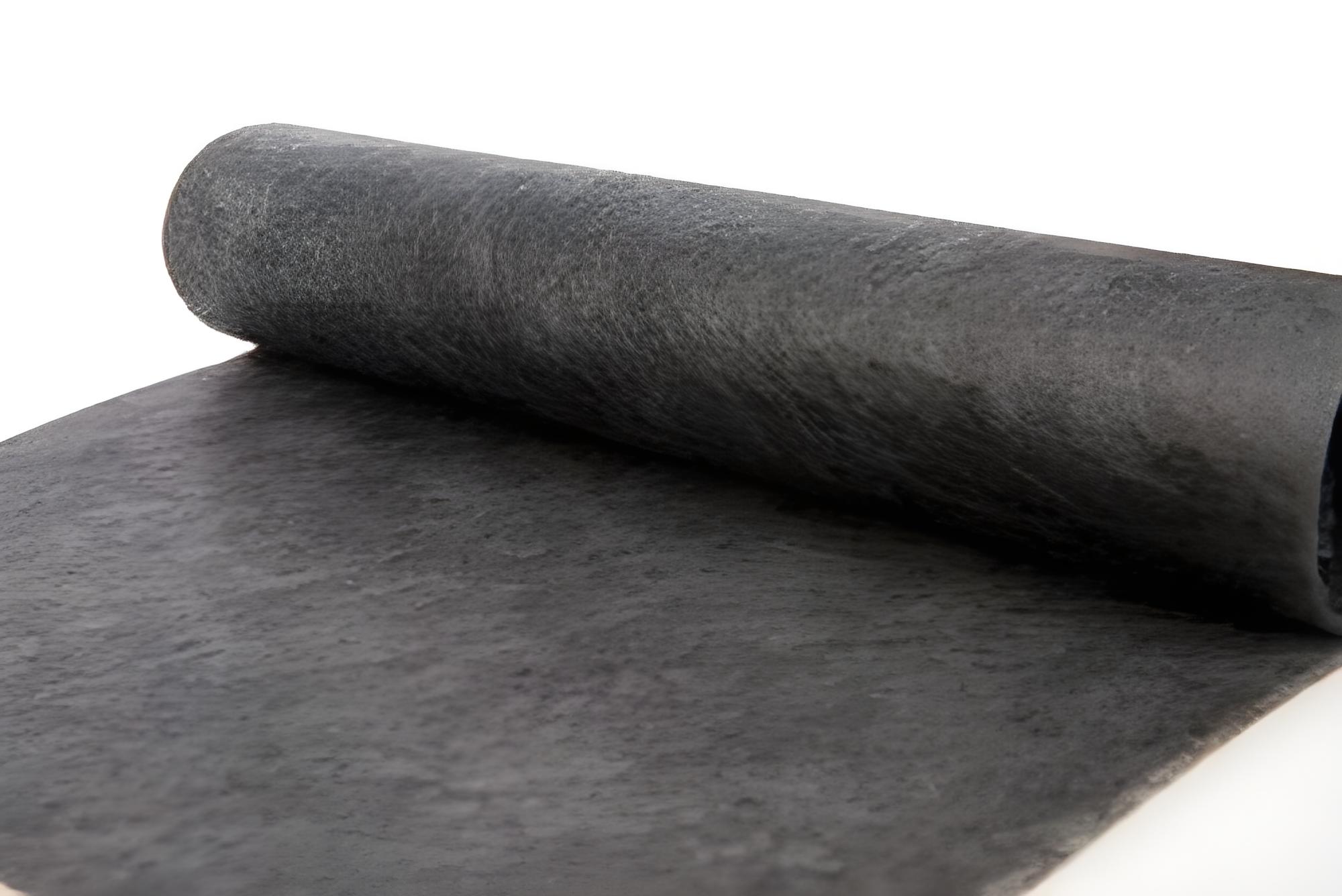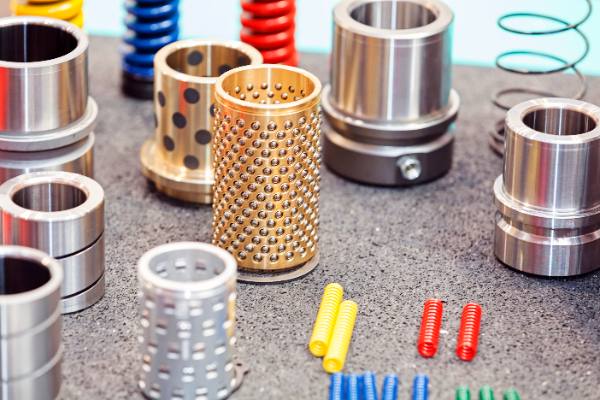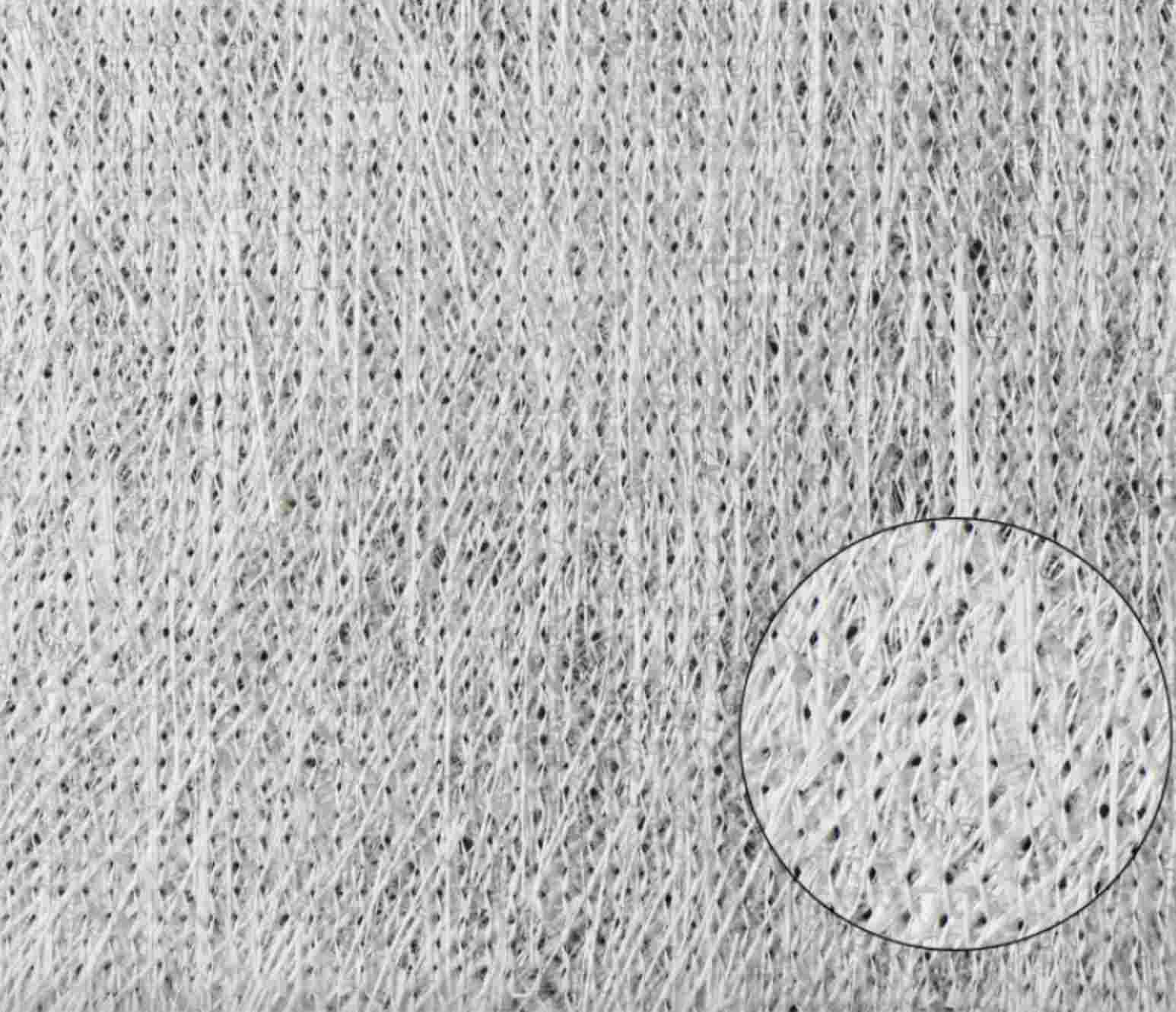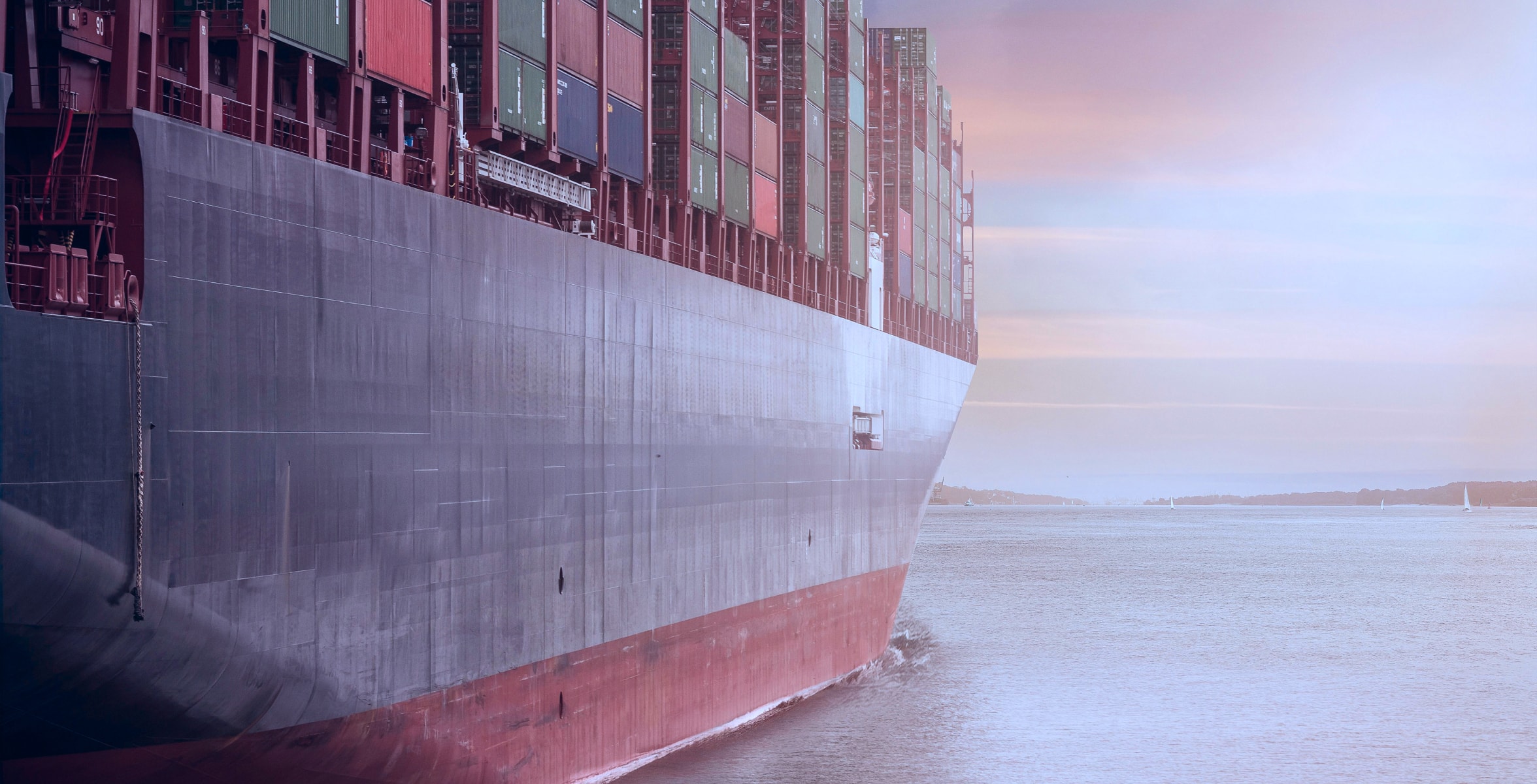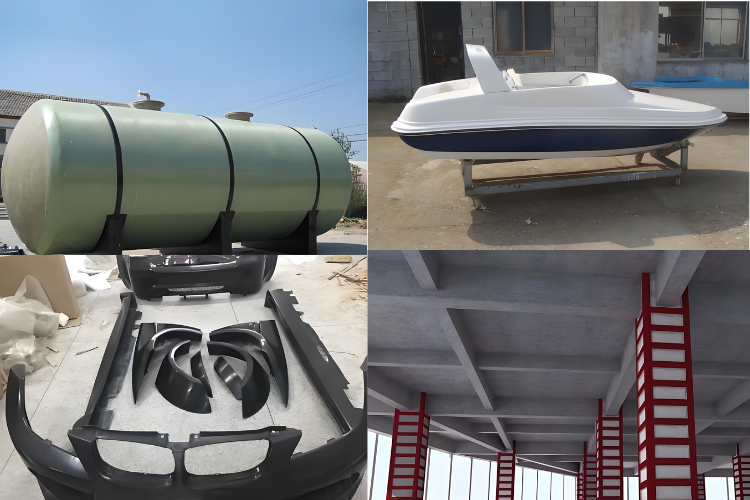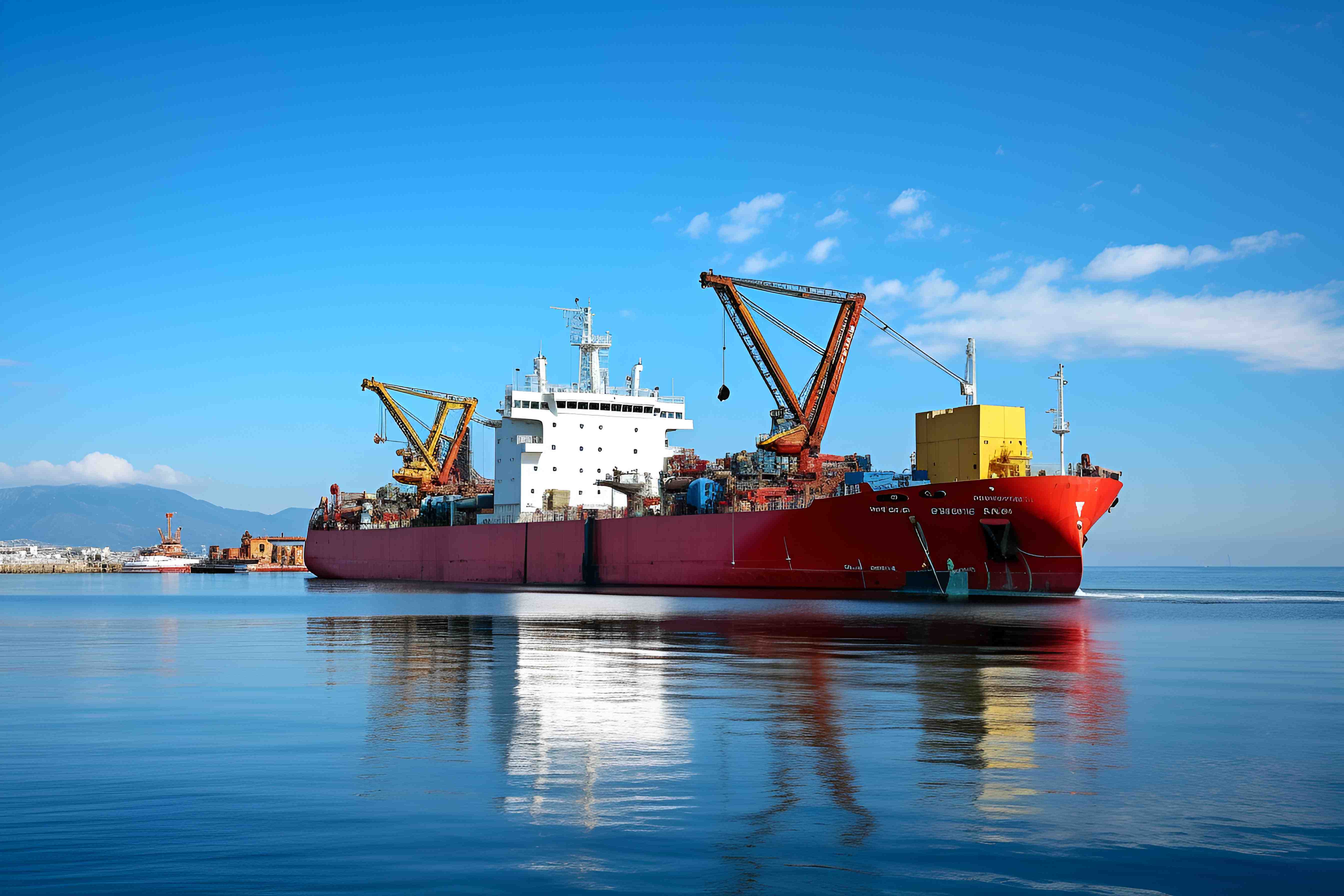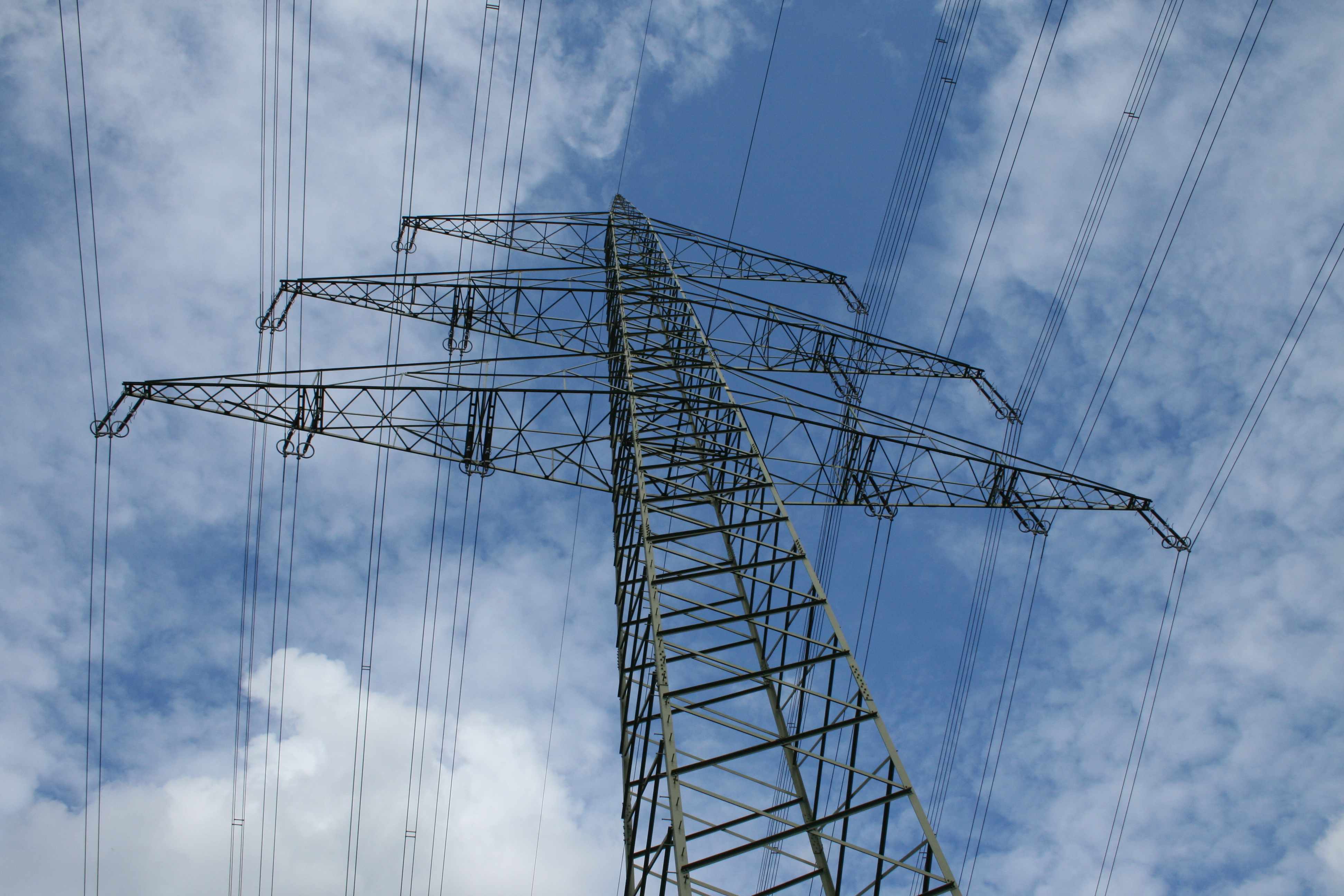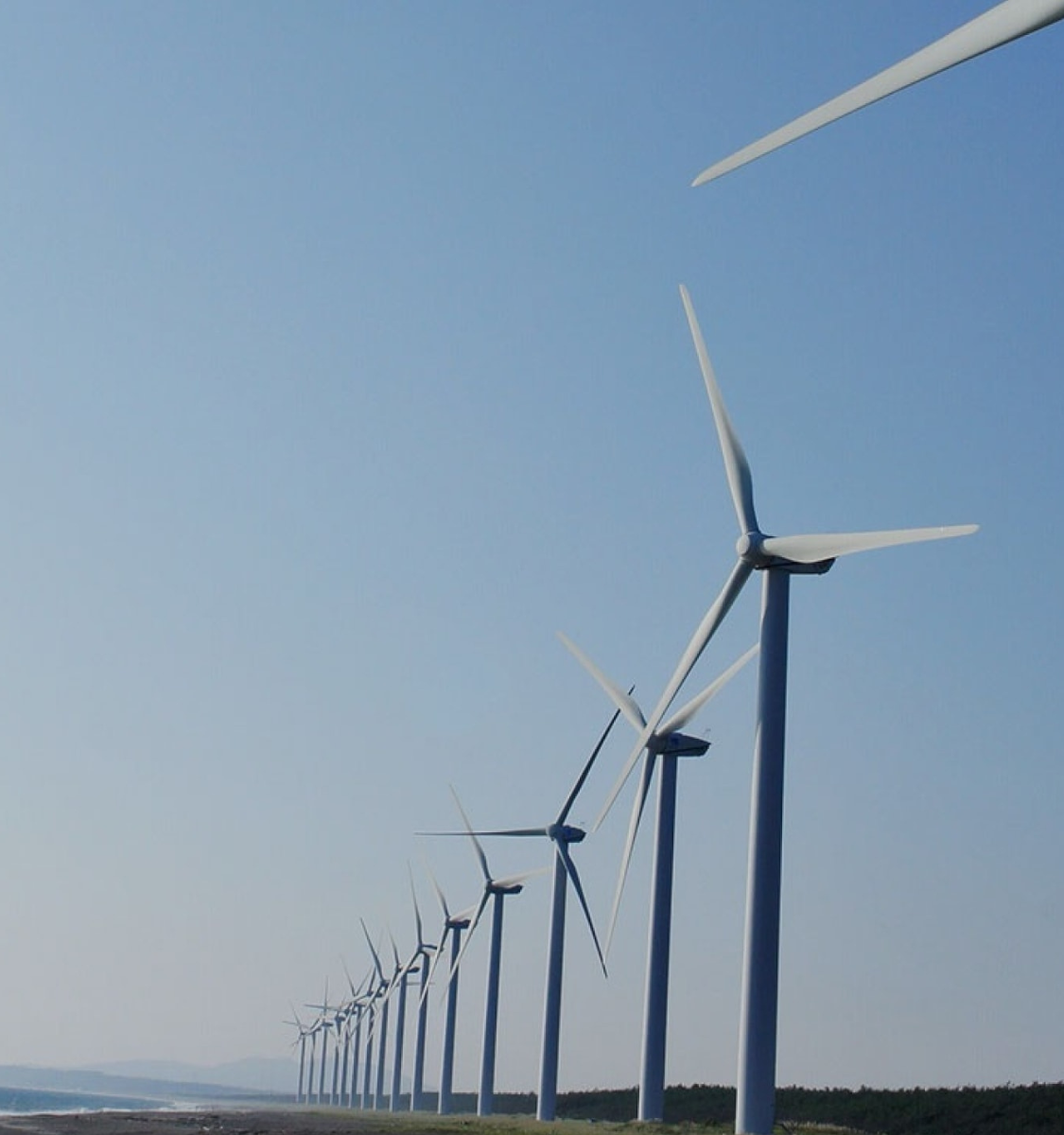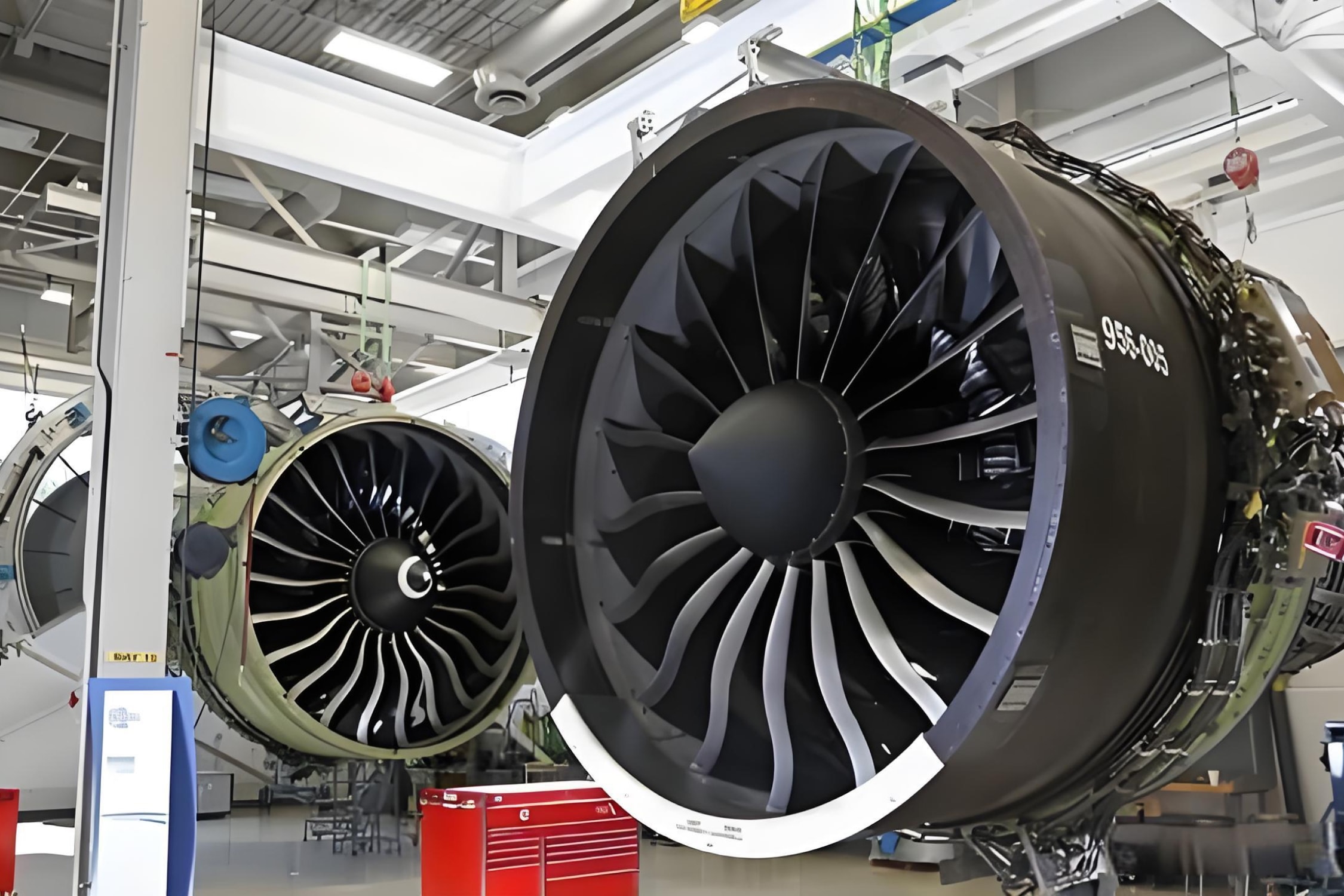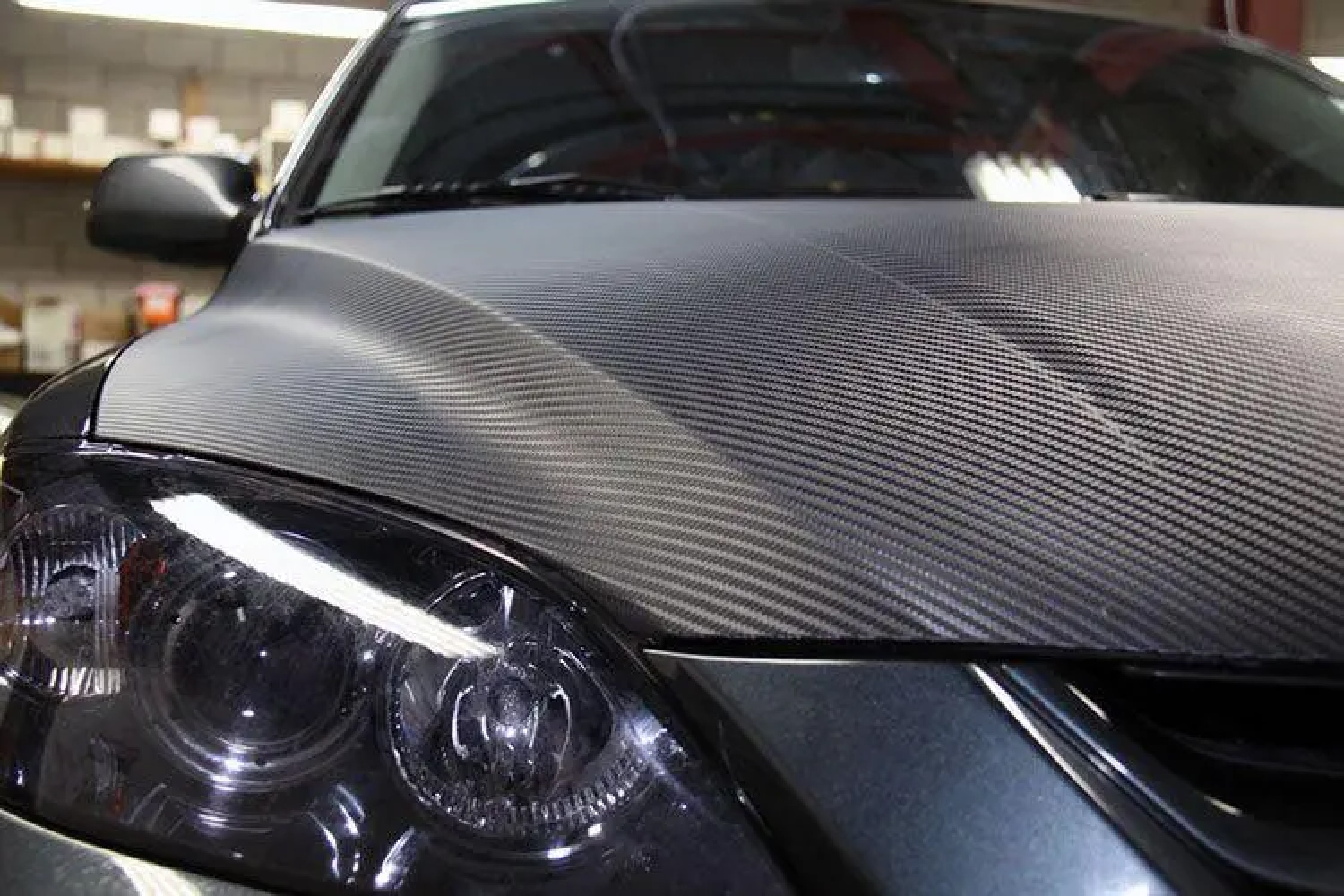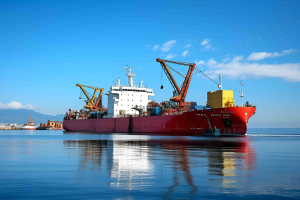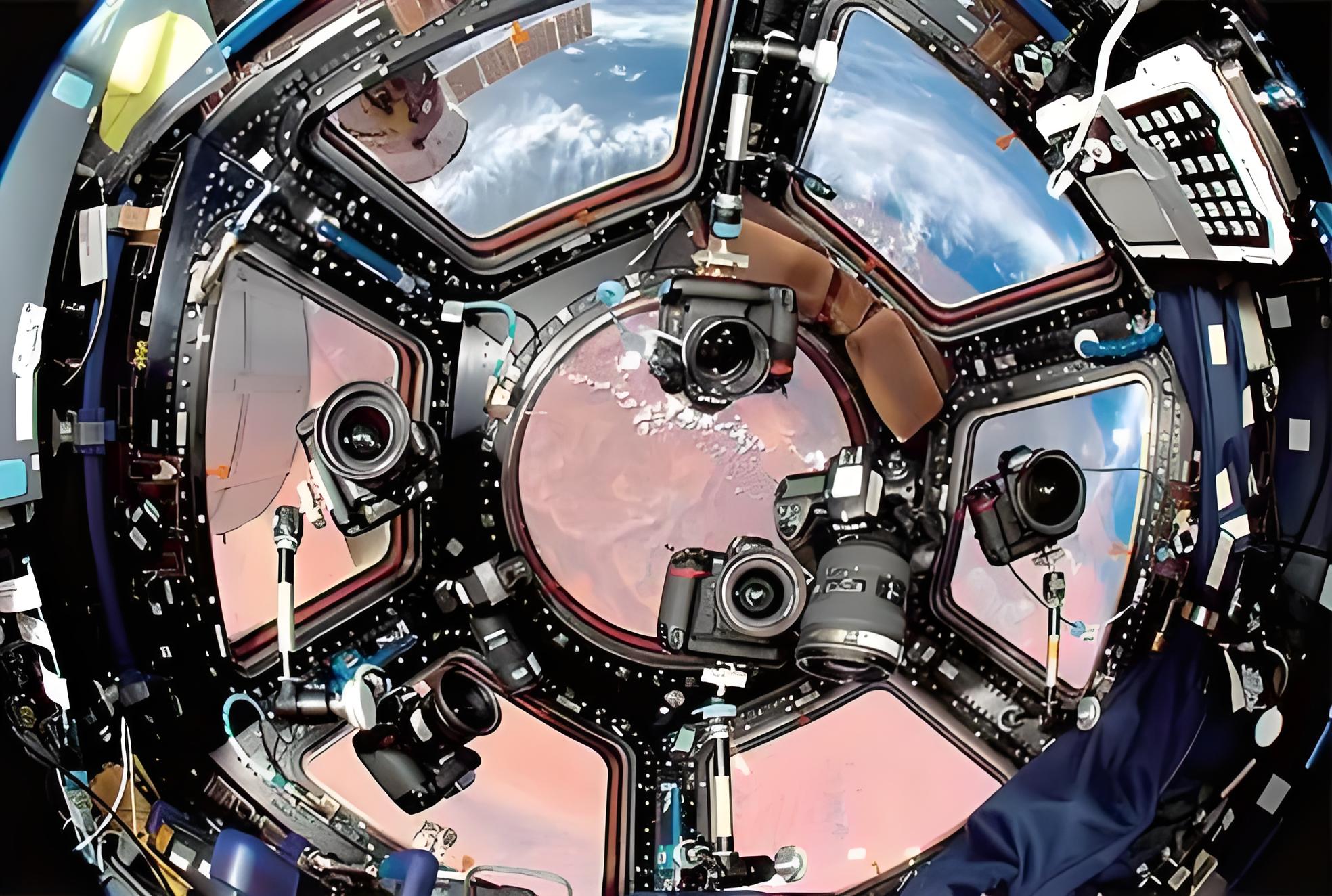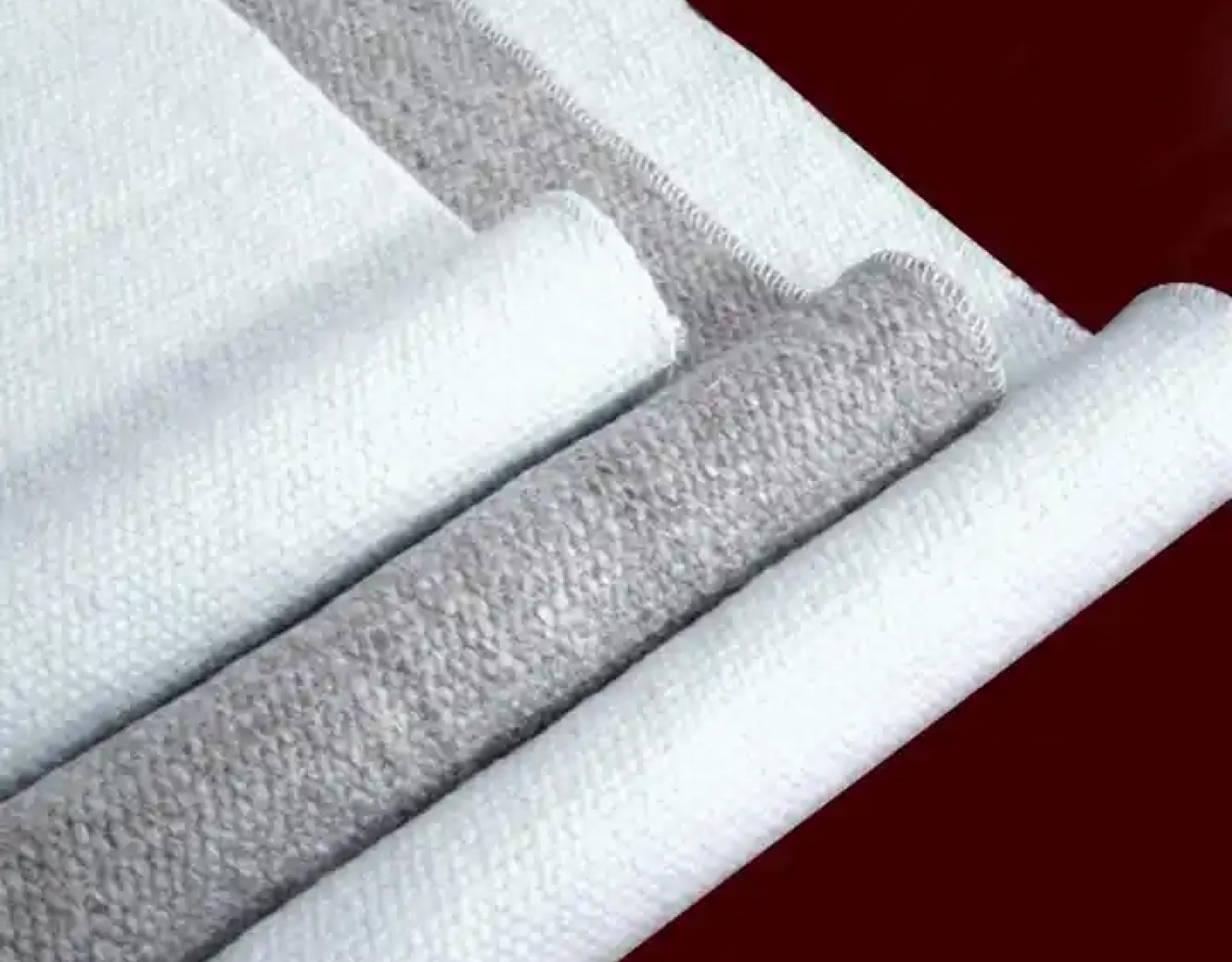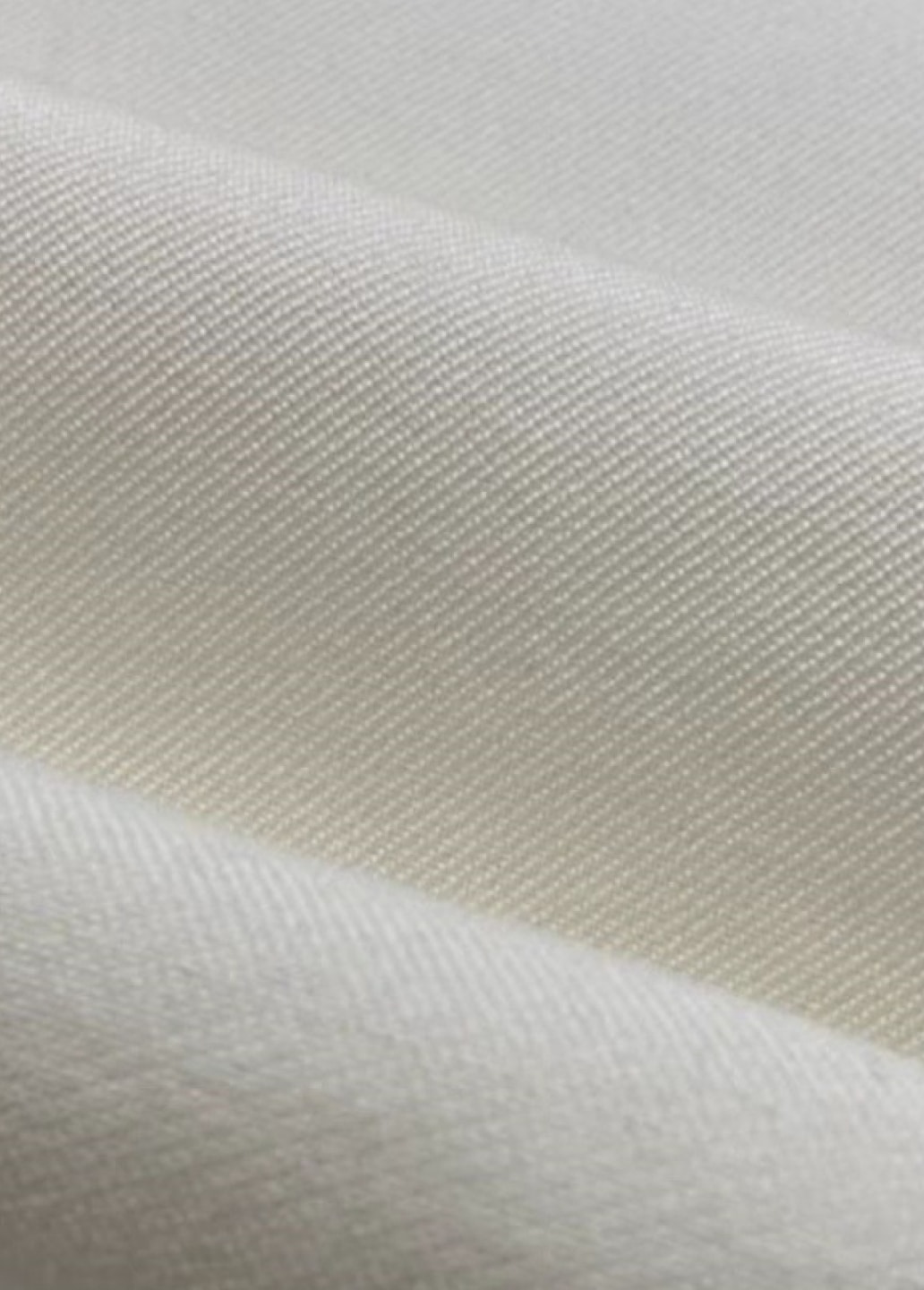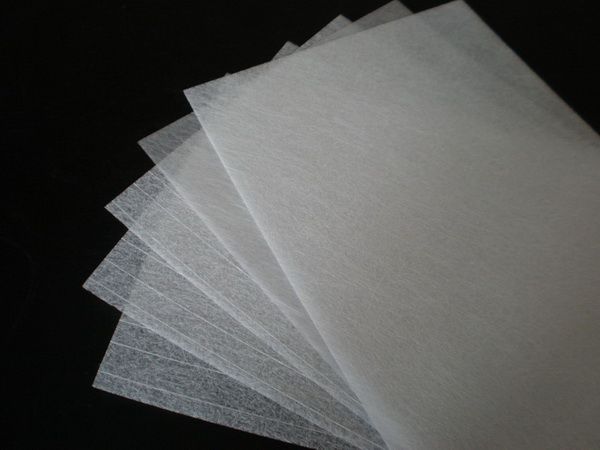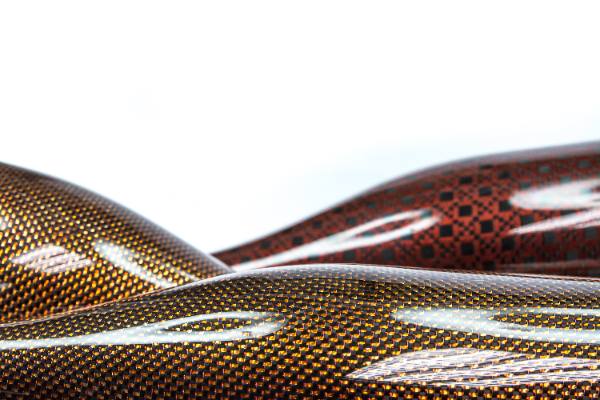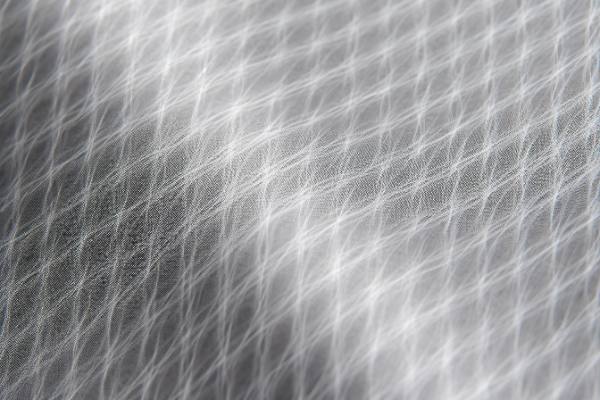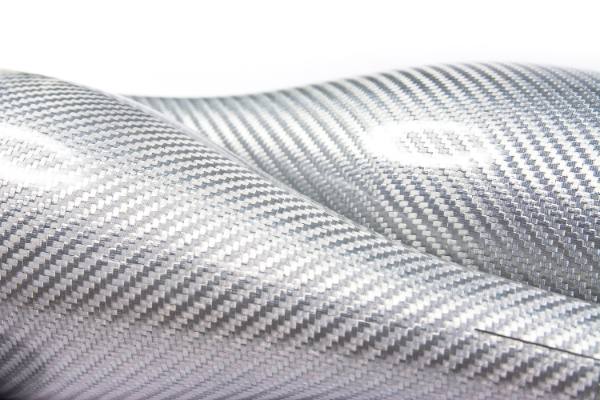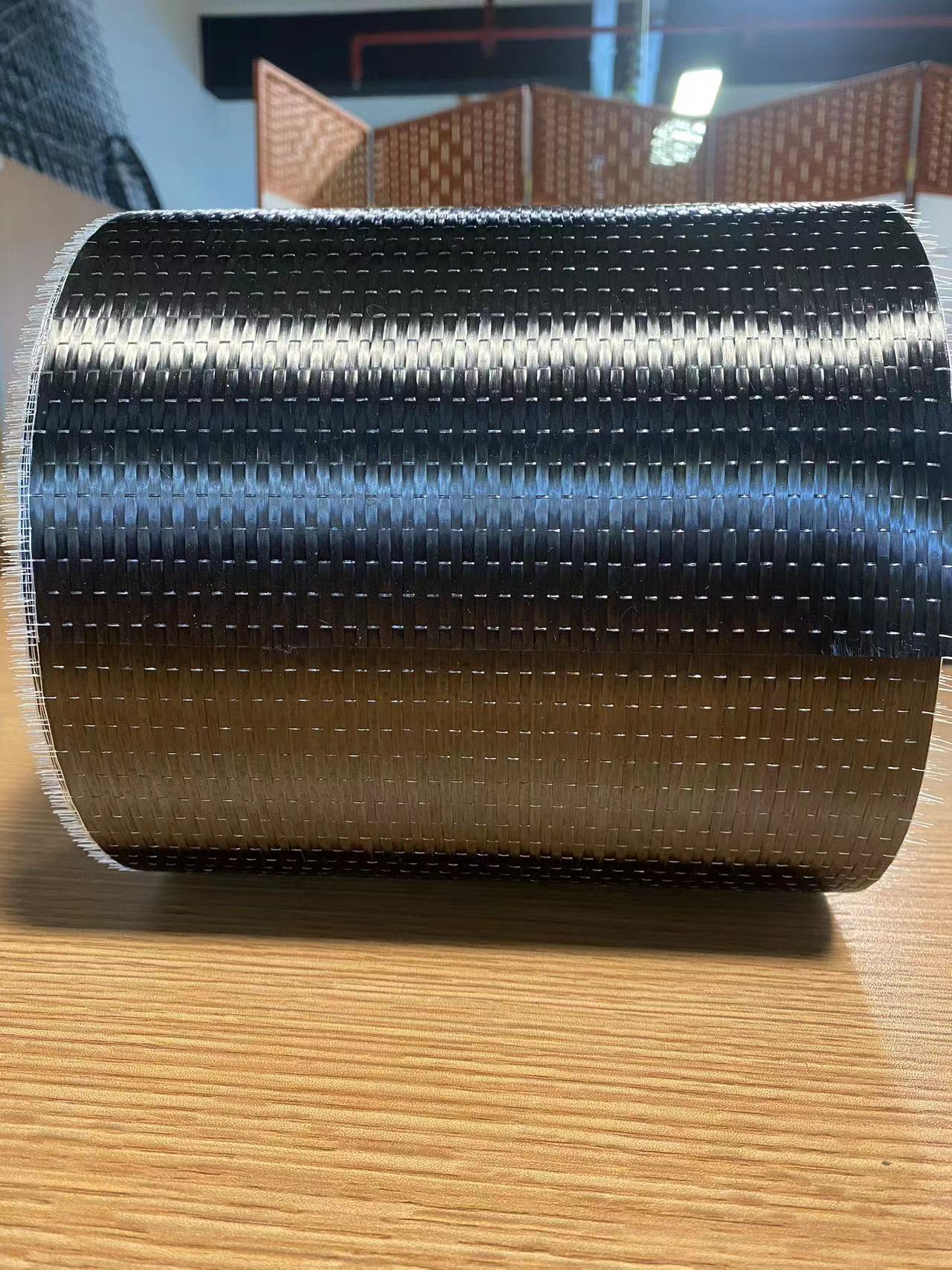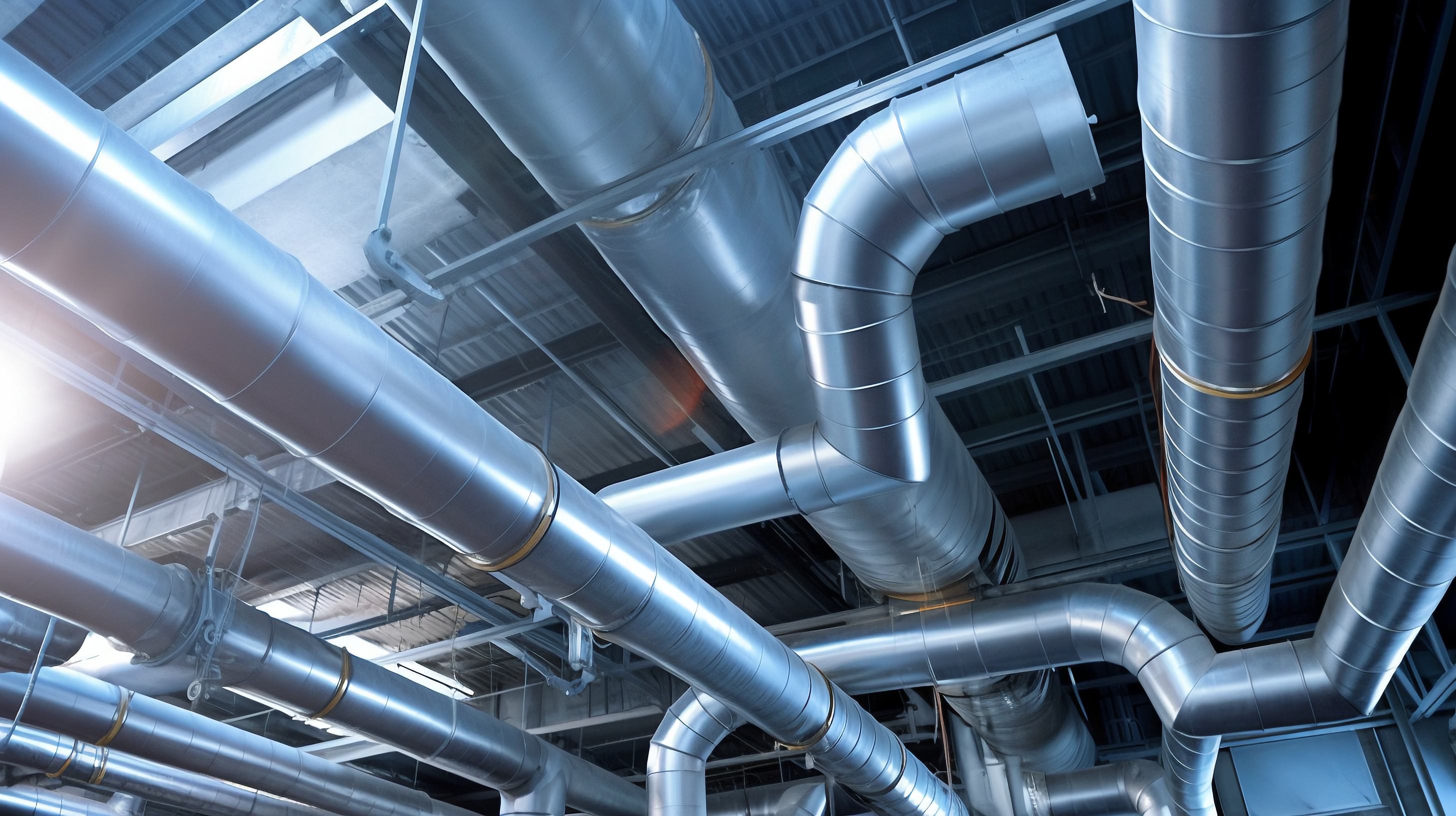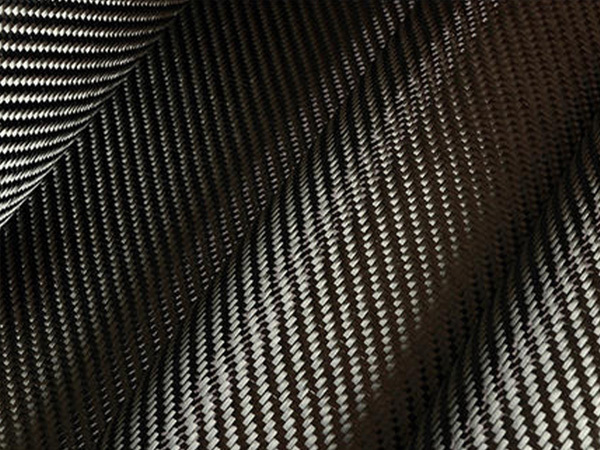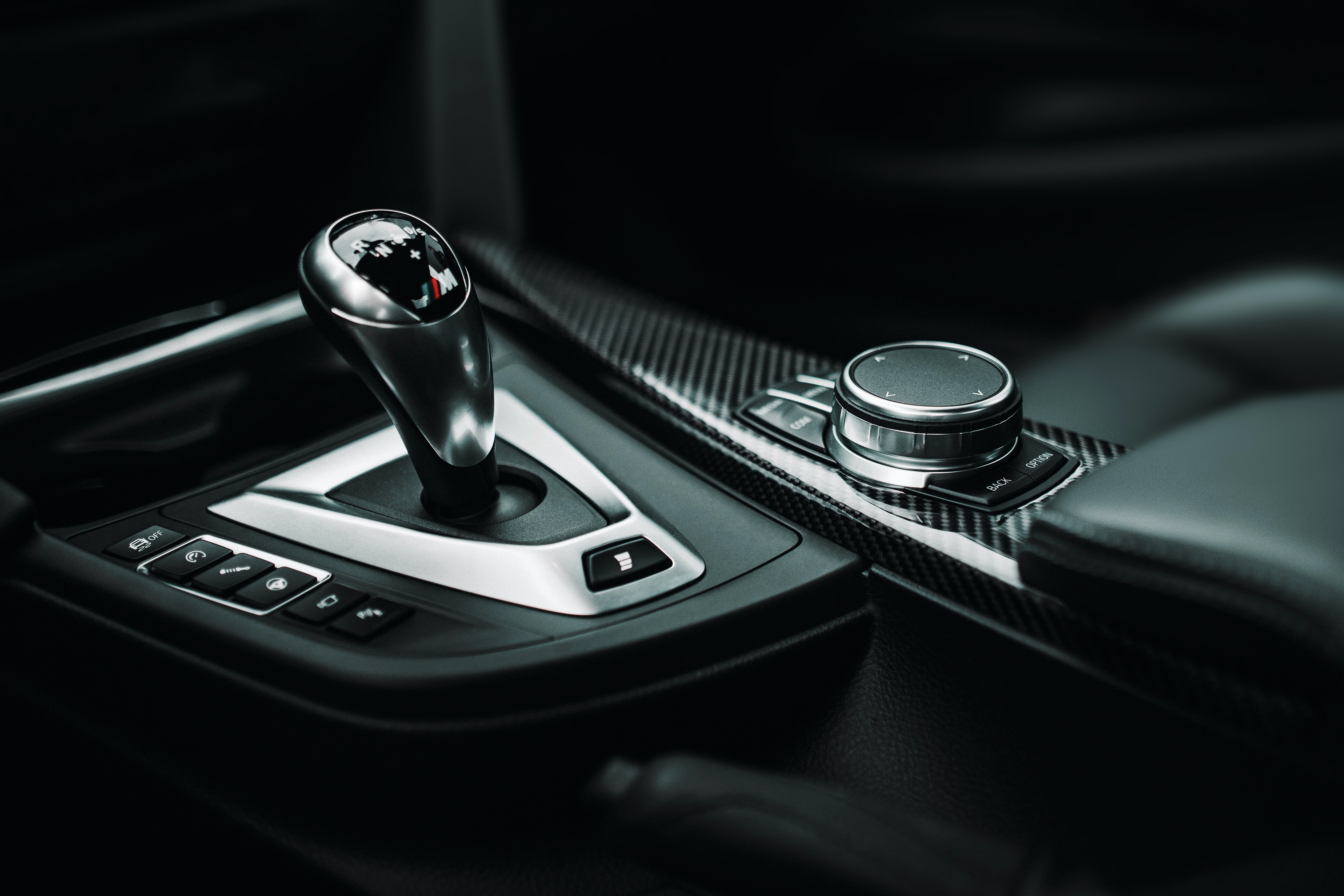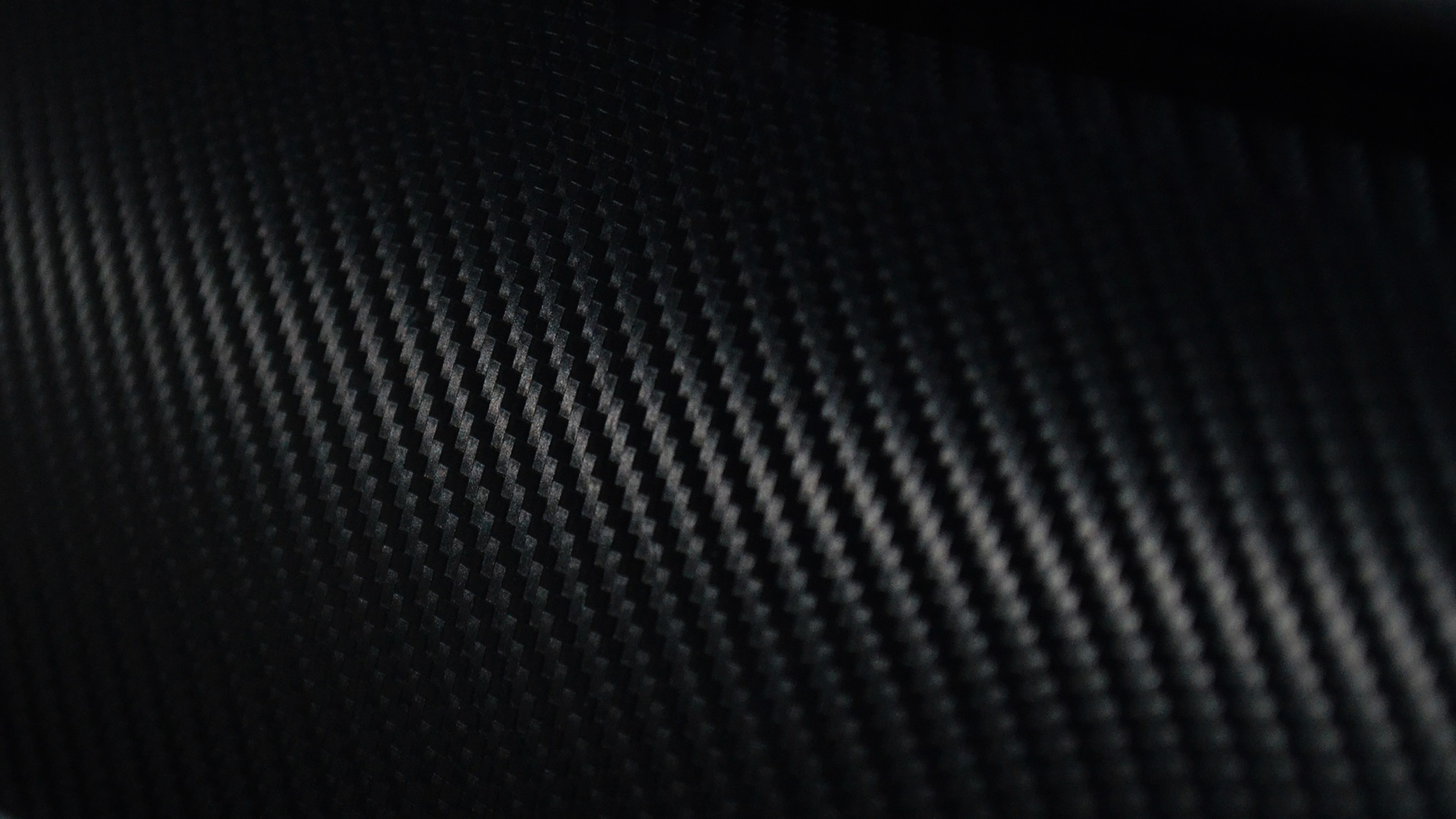+86-13732282311
merlin@xcellentcomposites.com
Let the world benefit from composite materials!
Top Benefits of Using Fiberglass Stitched Mats
Fiberglass stitched mats, including stitched chopped strand mats and stitched fiberglass mats, have proven themselves as versatile, durable, and cost-effective materials across various industries. Their robust properties make them ideal for applications in automotive, marine, construction, wind energy, and many other sectors. This blog explores the top benefits of using fiberglass stitched mats, shedding light on how they contribute to improving the quality, performance, and sustainability of products and structures.
What is a Fiberglass Stitched Mat?
A fiberglass stitched mat is a composite material made by stitching together random strands of fiberglass, which are often combined with resin to create a durable, flexible reinforcement material. This unique structure provides an ideal balance of strength, flexibility, and weight reduction, making it a popular choice for use in composite manufacturing processes.
Fiberglass mats can come in different forms. The stitched chopped strand mat is composed of short strands of fiberglass that are randomly oriented and stitched together. This configuration allows for superior resin absorption, making it highly effective in hand lay-up and other resin-infused manufacturing processes. On the other hand, the stitched fiberglass mat features longer strands of fiberglass that are stitched in a similar fashion, providing more continuous reinforcement in applications that require higher strength.
Fiberglass stitched mats are considered an advanced material due to their exceptional strength, durability, and versatility, making them a preferred choice in high-performance applications across industries like automotive, marine, and construction.
These mats are crucial components in the production of composite materials, which are used in a variety of industries where durability, strength, and weight reduction are key factors.
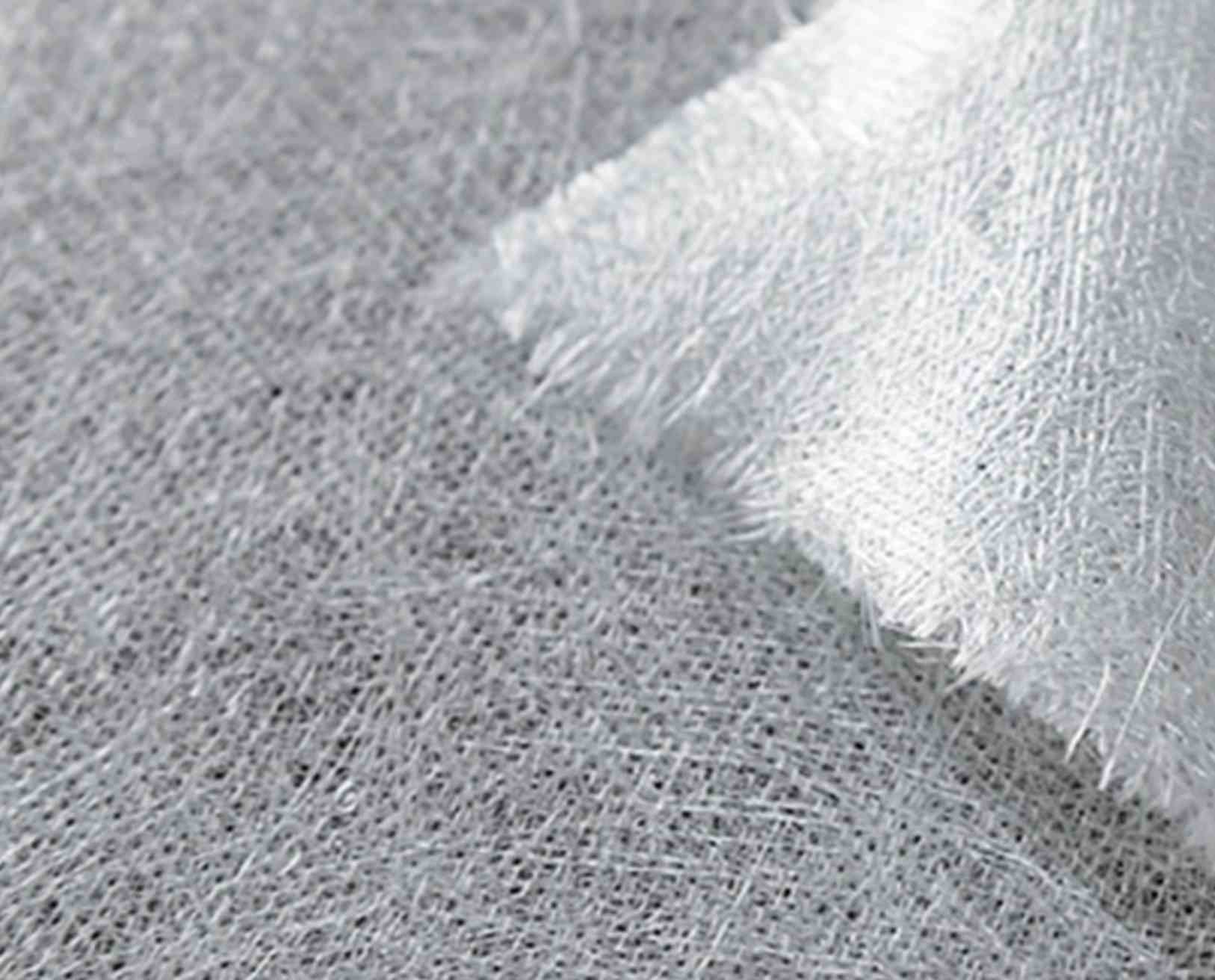
Enhanced Durability and Strength
One of the most significant benefits of fiberglass stitched mats is their remarkable durability and strength. When compared to other materials like metals or plastics, fiberglass mats offer an outstanding strength-to-weight ratio, making them a superior choice for reinforcement. The structure of the stitched fiberglass mat and stitched chopped strand mat ensures that the fiberglass strands are tightly bound, providing superior resistance to mechanical stress, tearing, and damage.
Strength Benefits of Fiberglass Mats:
- High Tensile Strength: The fiberglass stitched mat provides tensile strength that helps reinforce composite materials. This makes it ideal for structural applications where high mechanical strength is essential.
- Resilience to Wear and Tear: The durability of the mat ensures it can withstand harsh conditions, including exposure to UV radiation, moisture, and other environmental factors, making it an excellent choice for long-lasting products.
Fiberglass mats are widely used in industries that require materials with high strength and resilience, such as the automotive and marine sectors. In these industries, materials must endure frequent stress and environmental wear, and fiberglass stitched mats deliver the strength and longevity needed to ensure optimal performance.
Applications:
- Automotive industry: Fiberglass mats are used in the production of lightweight yet strong components like body panels, bumpers, and fenders. The strength of the mat allows manufacturers to reduce the overall weight of the vehicle while maintaining structural integrity and safety.
- Marine industry: Boat hulls, decks, and other marine structures are reinforced with fiberglass stitched mats to improve strength and resistance to water, corrosion, and mechanical damage. The ability of fiberglass mats to maintain their integrity in harsh marine environments is one of their standout features.
Lightweight Yet Strong
Fiberglass stitched mats are incredibly lightweight, a key benefit that makes them ideal for applications where weight reduction is crucial. Despite being lightweight, these mats retain their high strength, offering the perfect balance between performance and efficiency. The stitched fiberglass mat and stitched chopped strand mat provide the necessary reinforcement without adding unnecessary weight to the final product.
In industries like aerospace, automotive, and wind energy, reducing weight is often a critical design goal. The lightweight nature of fiberglass mats helps manufacturers achieve this goal while maintaining the material’s strength and structural integrity.
Weight Reduction Benefits:
- Fuel Efficiency: In the automotive industry, reducing the weight of vehicles leads to better fuel efficiency. Lightweight materials like fiberglass stitched mats are increasingly used in vehicle manufacturing to meet the demand for fuel-efficient, eco-friendly cars.
- Enhanced Performance: In aerospace, lightweight materials contribute to improved flight performance, fuel economy, and lower emissions. The fiberglass stitched mat provides a perfect solution for reinforcing aircraft components while minimizing weight.
Fiberglass mats also help improve energy efficiency in other sectors. For example, in wind turbine production, lightweight yet strong fiberglass mats are used in the construction of turbine blades, where reducing weight can directly impact the efficiency of energy generation.
Applications:
- Wind energy: The lightweight nature of fiberglass stitched mats allows for the production of large yet strong turbine blades, which contribute to the efficient harnessing of wind energy.
- Aerospace: Aircraft manufacturers use fiberglass mats to reinforce lightweight structures, improving fuel efficiency and overall performance.
Corrosion Resistance
Another standout benefit of fiberglass stitched mats is their corrosion resistance. Unlike metals, which can rust and degrade when exposed to moisture or chemicals, fiberglass does not corrode. This property makes fiberglass stitched mats particularly useful in environments where exposure to water, chemicals, and extreme conditions is common.
The stitched chopped strand mat and stitched fiberglass mat both provide exceptional resistance to chemical corrosion. The tightly stitched fibers create a robust barrier against corrosive elements, making these mats ideal for use in industries that deal with harsh environmental conditions.
Corrosion Resistance Benefits:
- Chemical Resistance: Fiberglass mats are resistant to a wide range of chemicals, including acids, alkalis, and solvents. This makes them ideal for use in chemical storage tanks, pipelines, and other equipment exposed to aggressive substances.
- Water Resistance: In the marine industry, fiberglass mats offer long-lasting protection against water and saltwater corrosion, ensuring that boat hulls and other structures remain intact for extended periods.
Applications:
- Marine industry: Boat hulls, decks, and other marine structures made with fiberglass stitched mats are highly resistant to corrosion, which extends the lifespan of vessels and reduces maintenance costs.
- Chemical industry: Fiberglass mats are used in the production of chemical storage tanks and pipelines, where resistance to corrosion is essential to maintaining the integrity of the system.
Improved Impact Resistance
Fiberglass stitched mats provide excellent impact resistance, which is essential in many industrial applications. The flexibility of the mat allows it to absorb and distribute impact forces, reducing the likelihood of damage. This property is especially valuable in industries like automotive manufacturing, where parts need to endure collisions and rough handling without compromising safety or performance.
The stitched fiberglass mat and stitched chopped strand mat are both highly effective at absorbing impact forces. Their structure ensures that they do not tear or delaminate under stress, providing long-lasting protection for the reinforced composite materials.
Impact Resistance Benefits:
- Crash Safety: In the automotive industry, the impact resistance of fiberglass mats contributes to the safety of vehicles. The mats are used in bumpers and fenders to absorb impact energy and reduce damage during accidents.
- Durability: In industries where products are subjected to frequent impacts, such as sports equipment manufacturing, fiberglass stitched mats provide the necessary reinforcement to ensure durability.
Applications:
- Automotive: Fiberglass stitched mats are used in vehicle bumpers, side panels, and other components that require high impact resistance while maintaining a lightweight design.
- Sports equipment: Fiberglass mats are used in the production of durable equipment like kayaks, bicycles, and helmets, where impact resistance is critical for performance and safety.
Versatility in Manufacturing Processes
Fiberglass stitched mats are highly versatile and can be integrated into various manufacturing processes, including vacuum infusion, hand lay-up, and compression molding. This flexibility allows manufacturers to use fiberglass mats in a wide range of applications, from producing simple components to complex structures.
The stitched chopped strand mat is particularly effective in resin infusion processes, where it helps to achieve high resin absorption, ensuring that the final product is both strong and lightweight. The stitched fiberglass mat is equally versatile and is used in processes that require high precision and uniformity.
Manufacturing Benefits:
- Resin Absorption: The stitched chopped strand mat excels in applications where high resin absorption is required. This ensures that the resin fully impregnates the mat, resulting in strong and durable composite materials.
- Moldability: Both types of mats can be molded into complex shapes, making them ideal for applications that require custom-designed components.
Applications:
- Construction: Fiberglass stitched mats are used in the production of composite panels, flooring materials, and other building components that require flexibility and precision in manufacturing.
- Wind energy: In wind turbine production, fiberglass mats are used to create large, complex components like turbine blades, which require high levels of precision and strength.
Cost-Effective
Despite their impressive performance characteristics, fiberglass stitched mats are cost-effective when compared to alternative reinforcement materials like carbon fiber or metal reinforcements. The production process for fiberglass mats is relatively simple, and the raw materials are abundant, which keeps the cost low.
This affordability makes fiberglass mats an attractive option for manufacturers who need to balance performance with cost. By using fiberglass stitched mats, companies can achieve high-strength reinforcement without breaking the budget.
Cost-Effectiveness Benefits:
- Affordable Reinforcement: Fiberglass mats provide an affordable way to reinforce composite materials, making them accessible for a wide range of applications.
- Low Maintenance Costs: The durability and corrosion resistance of fiberglass mats reduce the need for frequent maintenance or replacement, leading to long-term savings.
Applications:
- Automotive: Manufacturers use fiberglass mats to create lightweight, durable parts at a fraction of the cost of using metals or carbon fiber.
- Construction: Fiberglass mats are used in a variety of construction applications, from reinforcing concrete to creating lightweight panels, all while maintaining cost-efficiency.
Thermal Insulation
Fiberglass stitched mats offer excellent thermal insulation properties. The mats help to maintain consistent temperatures in composite materials, making them ideal for applications where temperature regulation is critical. The stitched fiberglass mat and stitched chopped strand mat both provide effective thermal resistance, helping to protect sensitive equipment or structures from extreme heat or cold.
Thermal Insulation Benefits:
- Temperature Control: The mats provide effective insulation, which helps regulate the temperature of composite materials and protect sensitive components.
- Energy Efficiency: In industries like construction, fiberglass mats contribute to energy efficiency by reducing heat loss and maintaining consistent temperatures in buildings.
Applications:
- Construction: Fiberglass stitched mats are used in insulation materials for buildings, ensuring that energy is conserved and heating or cooling costs are minimized.
- Automotive: Fiberglass mats are used in engine compartments and exhaust systems to protect components from extreme temperatures and improve energy efficiency.
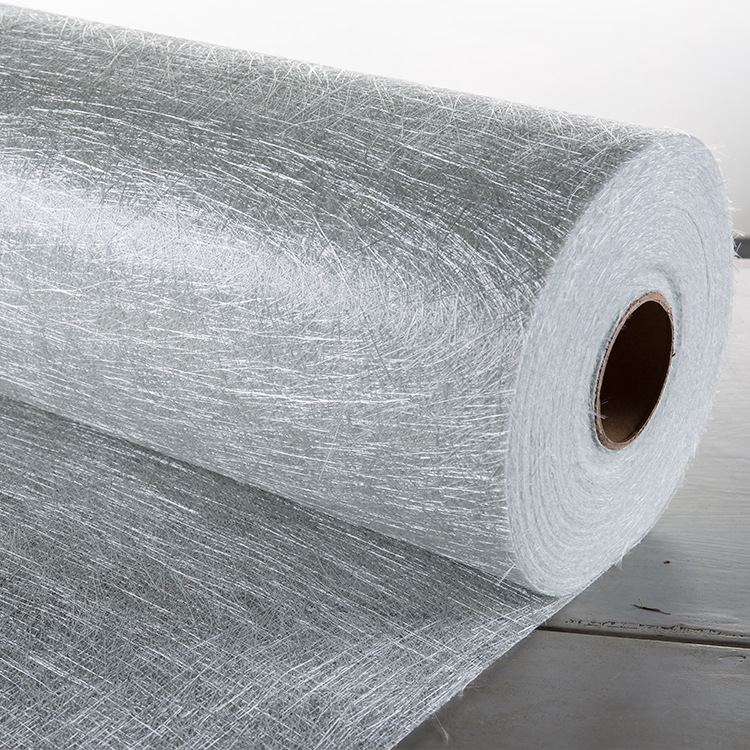
Sustainability and Environmental Impact
Fiberglass stitched mats are considered an environmentally friendly material due to their sustainability. The production of fiberglass requires less energy than metals, and the mats themselves can be recycled at the end of their life cycle, reducing their environmental impact.
Sustainability Benefits:
- Reduced Carbon Footprint: The production of fiberglass is energy-efficient, making it a more sustainable choice compared to other materials like metals or plastics.
- Recyclability: Fiberglass mats can be recycled, which helps reduce waste and minimize environmental impact.
Applications:
- Wind energy: Fiberglass mats contribute to the renewable energy sector by being used in the production of wind turbines, which are an essential part of the clean energy movement.
- Construction: The use of fiberglass mats in eco-friendly building materials contributes to sustainable construction practices.
Conclusion
In conclusion, fiberglass stitched mats offer a wide range of benefits, from enhanced strength and corrosion resistance to cost-effectiveness and environmental sustainability. These versatile materials play a crucial role in industries such as automotive, marine, construction, and wind energy, offering solutions that meet the growing demand for performance, durability, and efficiency. As industries continue to prioritize lightweight, durable, and sustainable materials, fiberglass stitched mats will remain a cornerstone in the production of high-quality composite materials.
Read More: Why Biaxial Carbon Fiber Cloth is Essential
Popular Composite Materials
Popular Composite Materials
Composites Knowledge Hub
Composites Knowledge Hub

